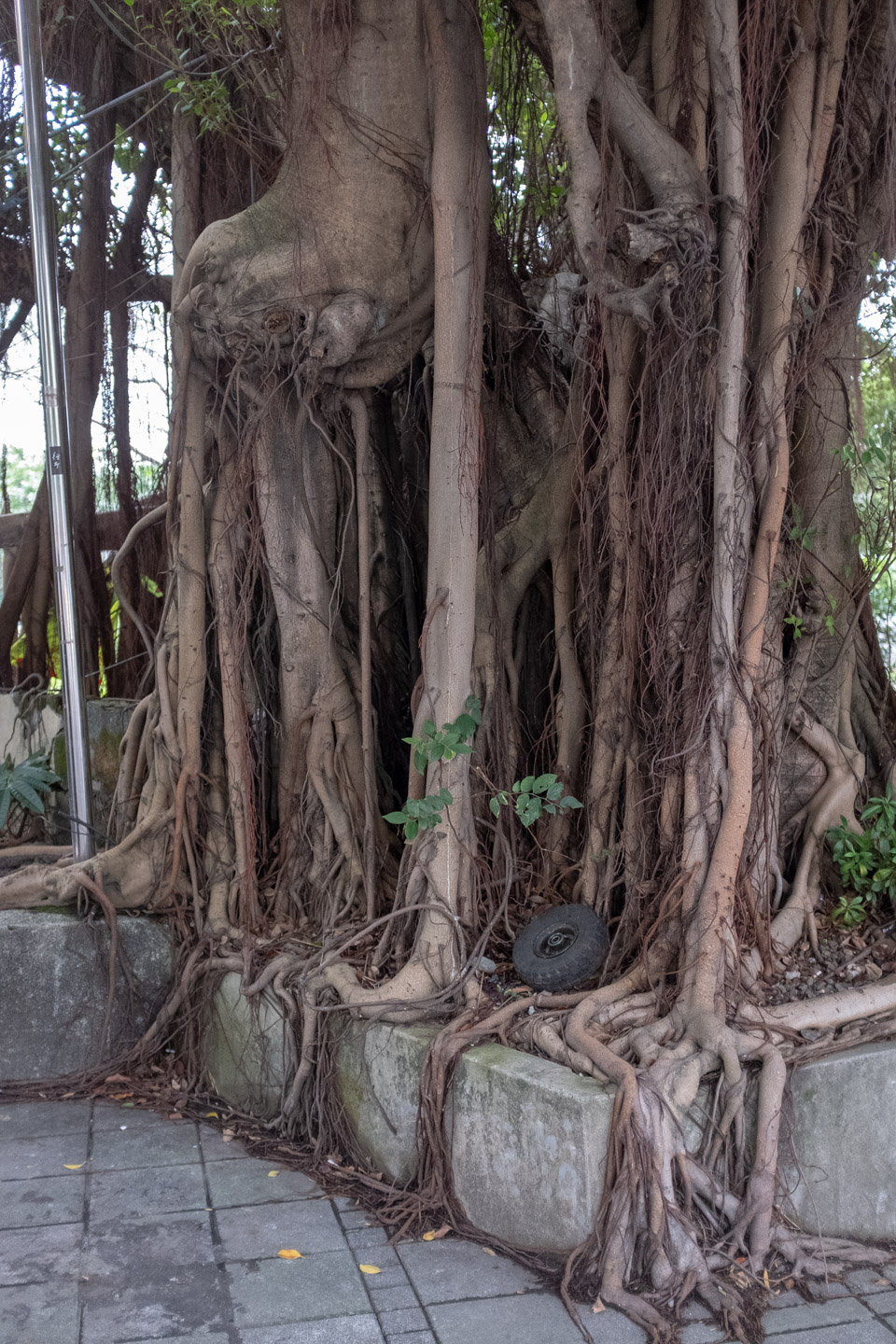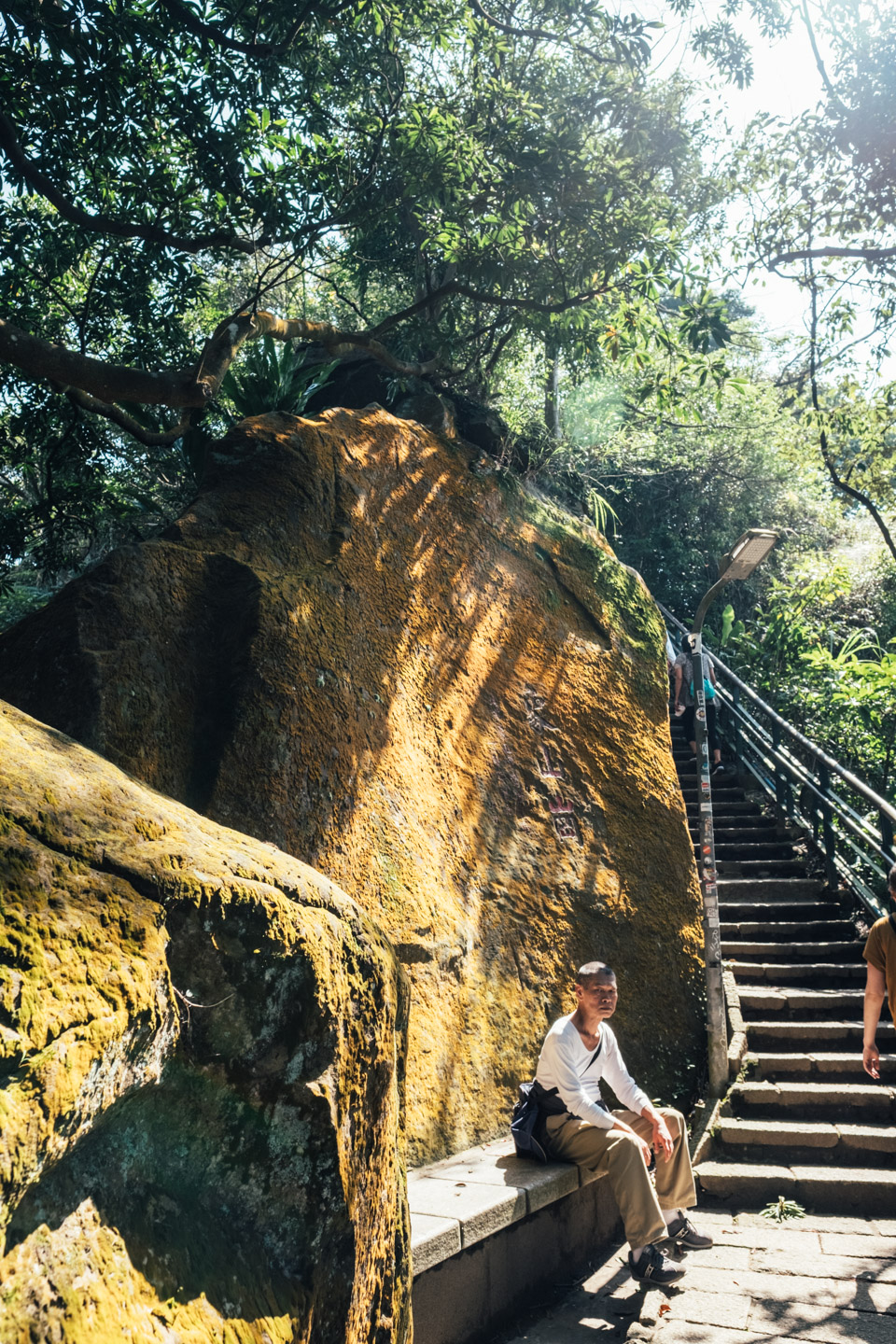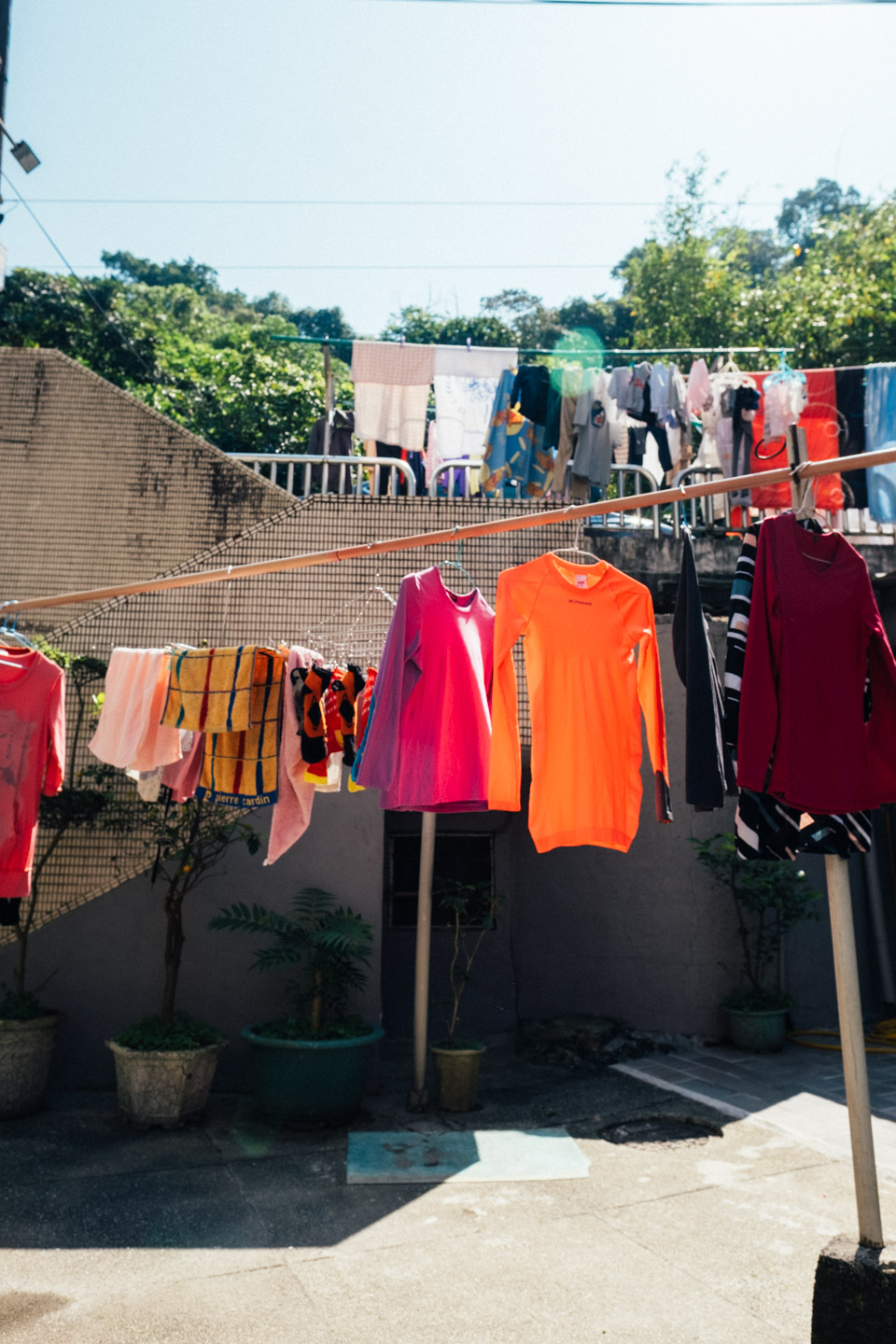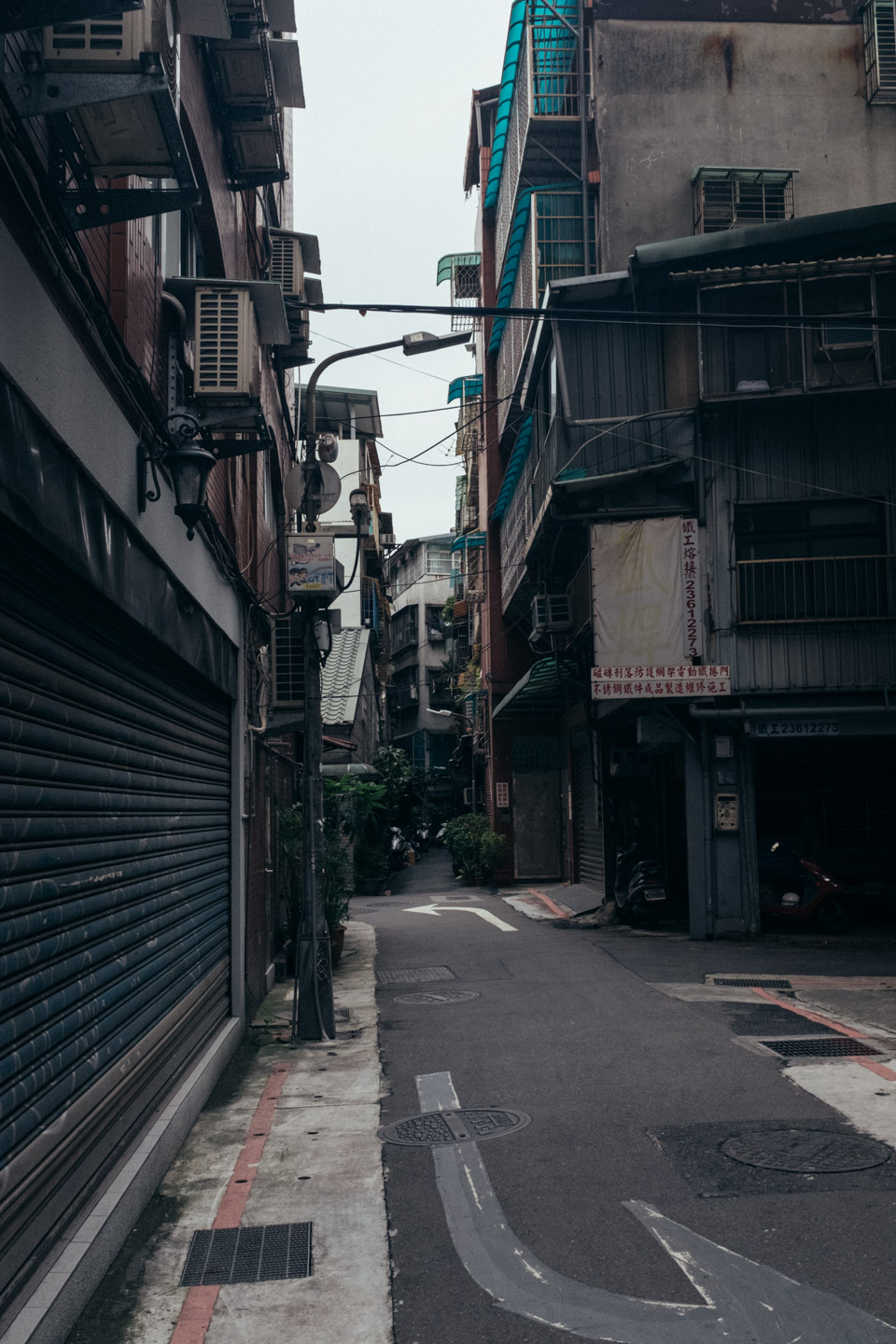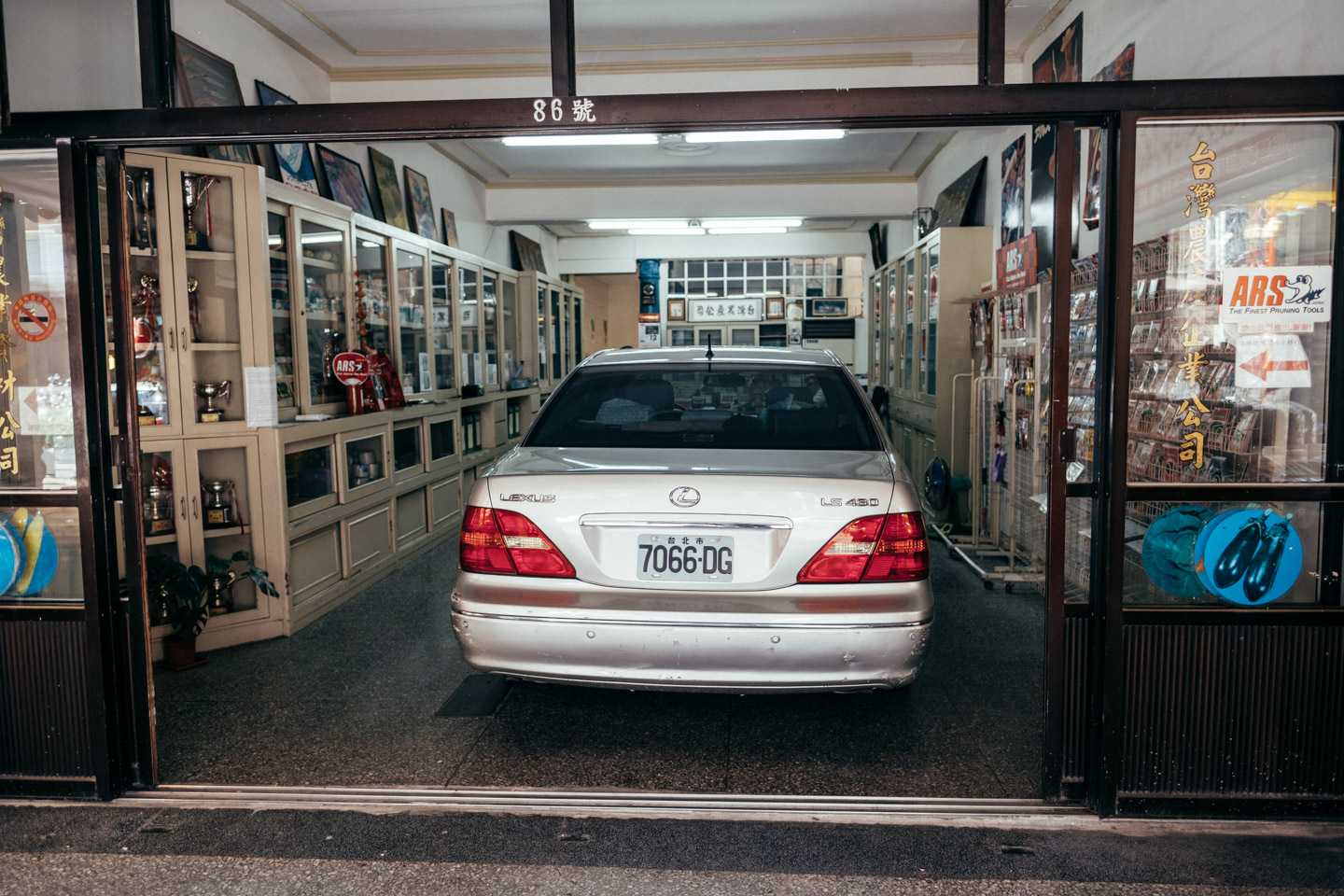日本/臺北市
japan/taipei
2019-02-26 — 2019-03-12
Tokyo from New York Bar.
Tokyo
東京
We landed in Tokyo in the evening, right off the subway into the crowds of Shibuya Crossing to meet our friend Adam, who happened to be in town for work at the same time, staying in an Airbnb in the same building.
He helped us ease into an unfamiliar city, leading us to good cafes, a jazz vinyl cafe and a smoky izakaya that stretched our idea of what Japanese food could be. Always order the "chef special", especially at an unfamiliar izakaya. It might end up being cartilage.

The view from our room in Shibuya.
The prevailing image of Tokyo is a dense metropolis where everything moves at great speed, but once you move out of Shibuya Crossing or Shinjuku the energy calms down and splinters into a maze of side streets with jigsaw houses and apartments. That's where you find cafes like Fuglen and an unbeatable coffee experience at Koffee Mameya, where we chose our beans out of a palette from beige to charcoal and met a roaster who lived for years in Toronto around the corner.
We spent a lot of time wandering these streets looking for treasures in bookstores like Dessin and T-Site. Tokyo is very walkable. If you have a destination that is one subway stop away, try walking instead. You may wander into a Japanese baseball apparel store on the way. When I return I'll leave half my suitcase empty for the impeccably curated thrift stores of Shimokitazawa.
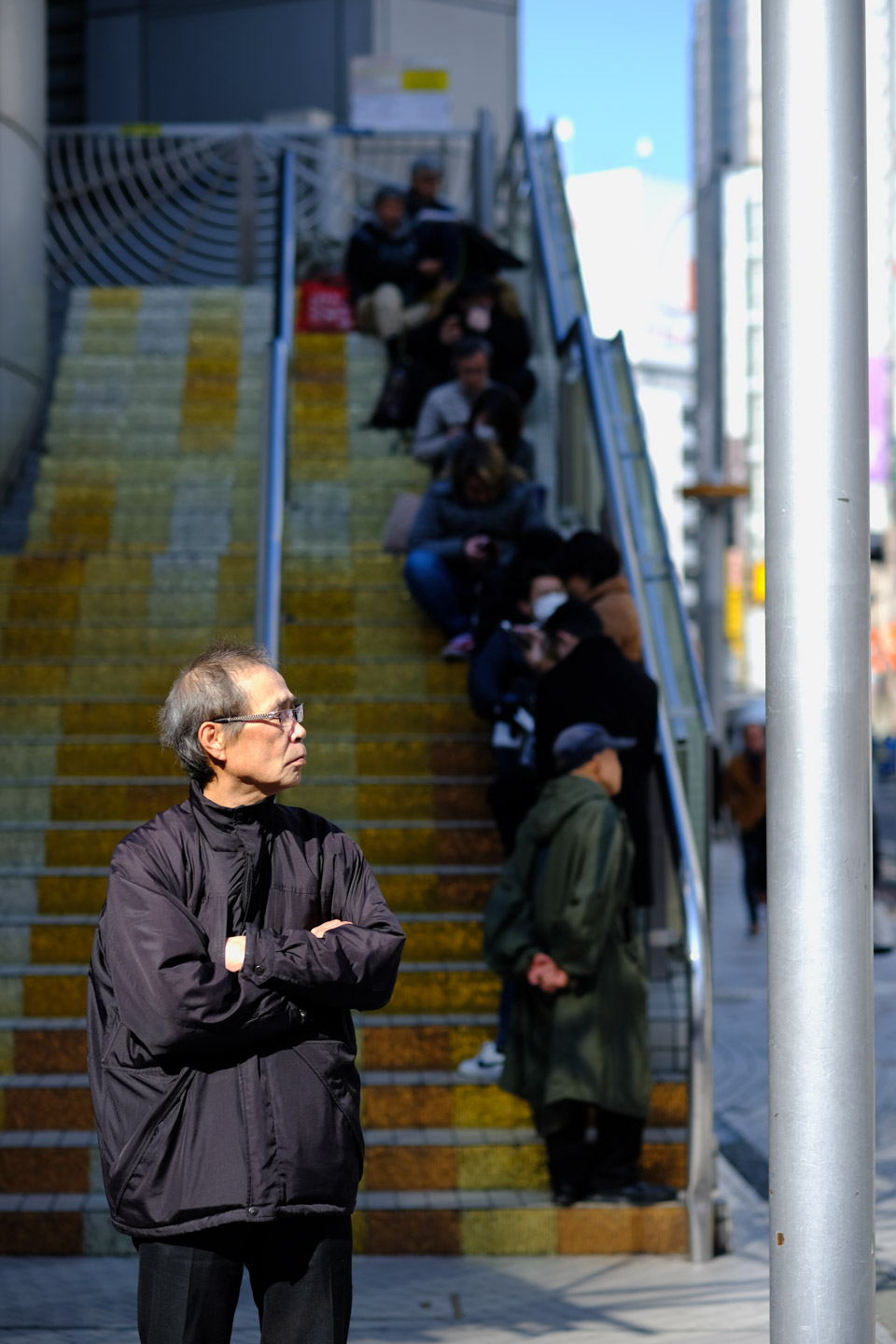
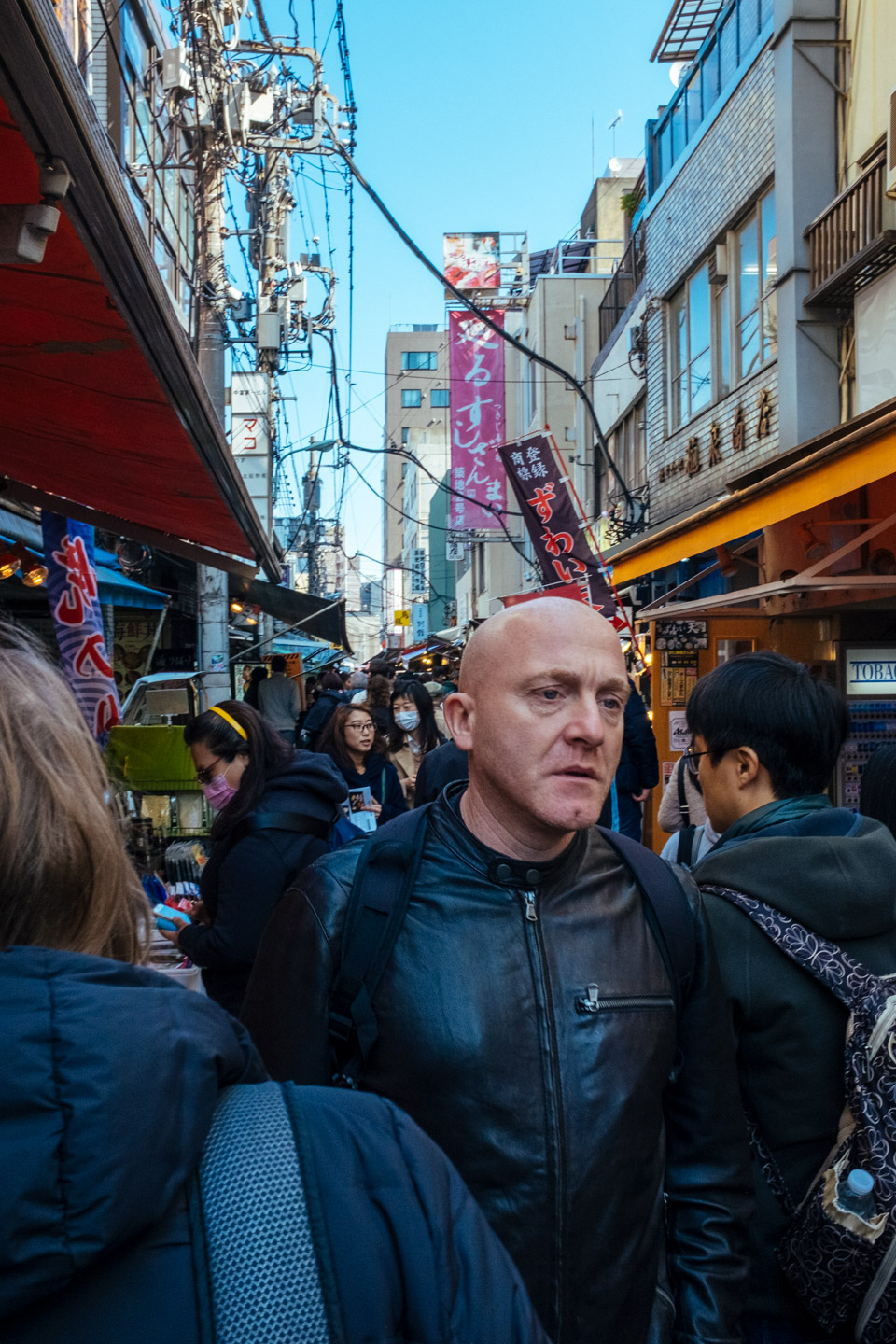
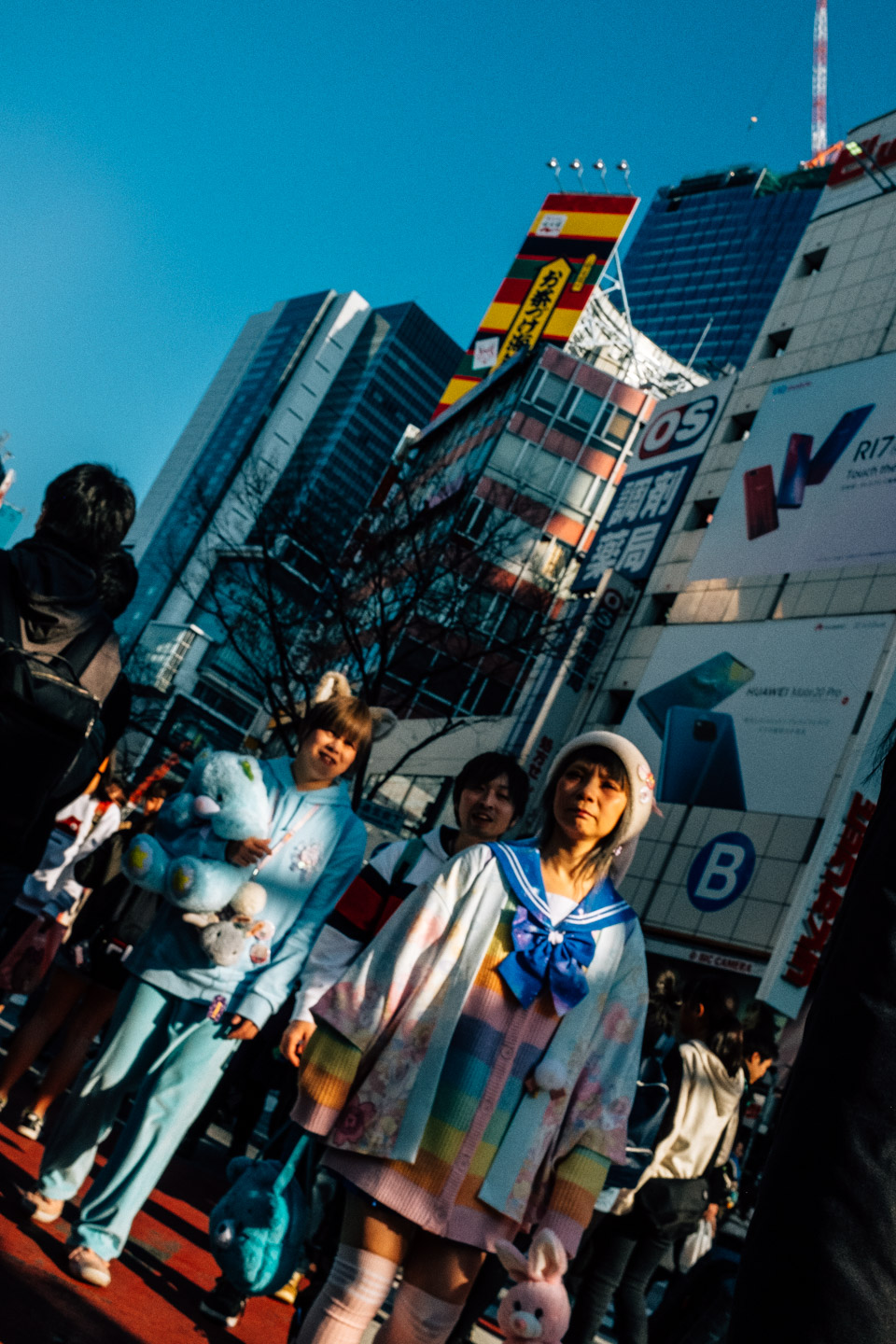
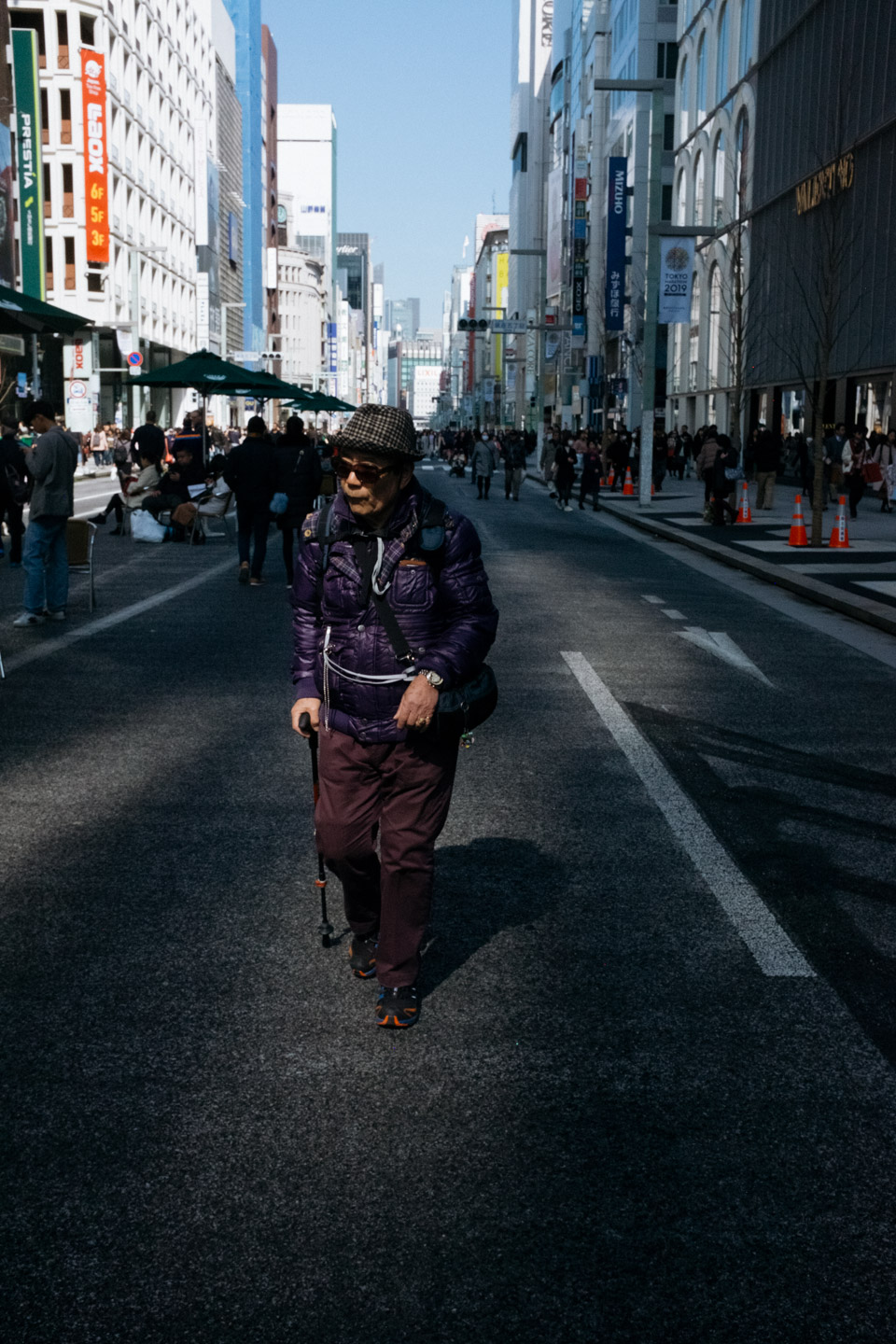
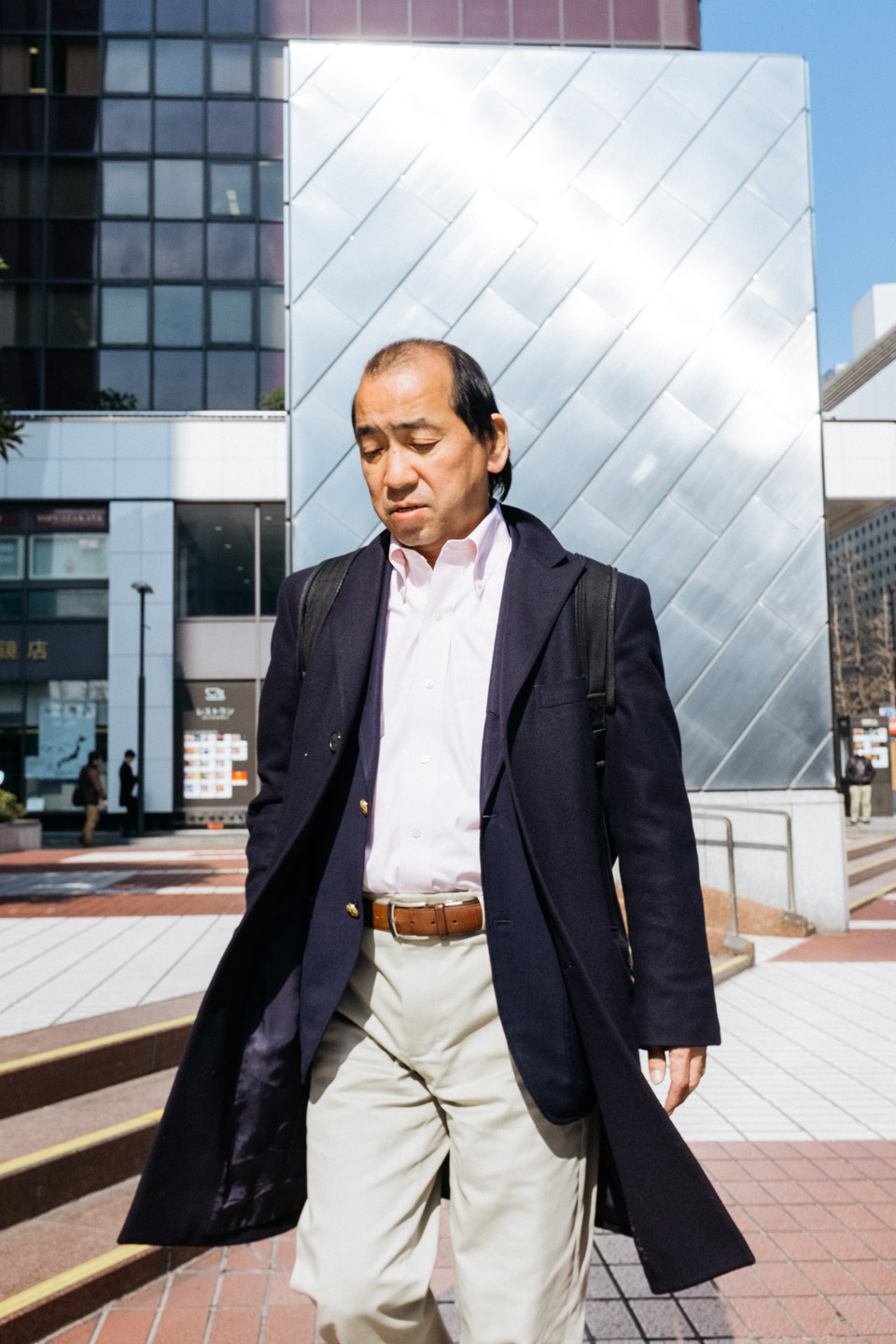
My favourite buy of the whole trip was a tiny metric hex key multi tool from Tokyo Hands, which is a dozen floors of every kind of DIY-related good you can think off. When I go back I'll spend an entire afternoon at a Super Viva Home, a Home Depot on steroids, which I didn't know about until after we returned from the trip.
Our third day was the warmest and sunniest of our time in Tokyo, so we took the train to Tsukiji Market to buy a huge bag of candied ginger. The main building is being demolished so the market has spilled out into the side streets around it, narrow streets packed with people.
Nearby is Hamarikyu Gardens, where we caught the beginning of the cherry blossoms and got a good look at Nagagin Capsule Tower.
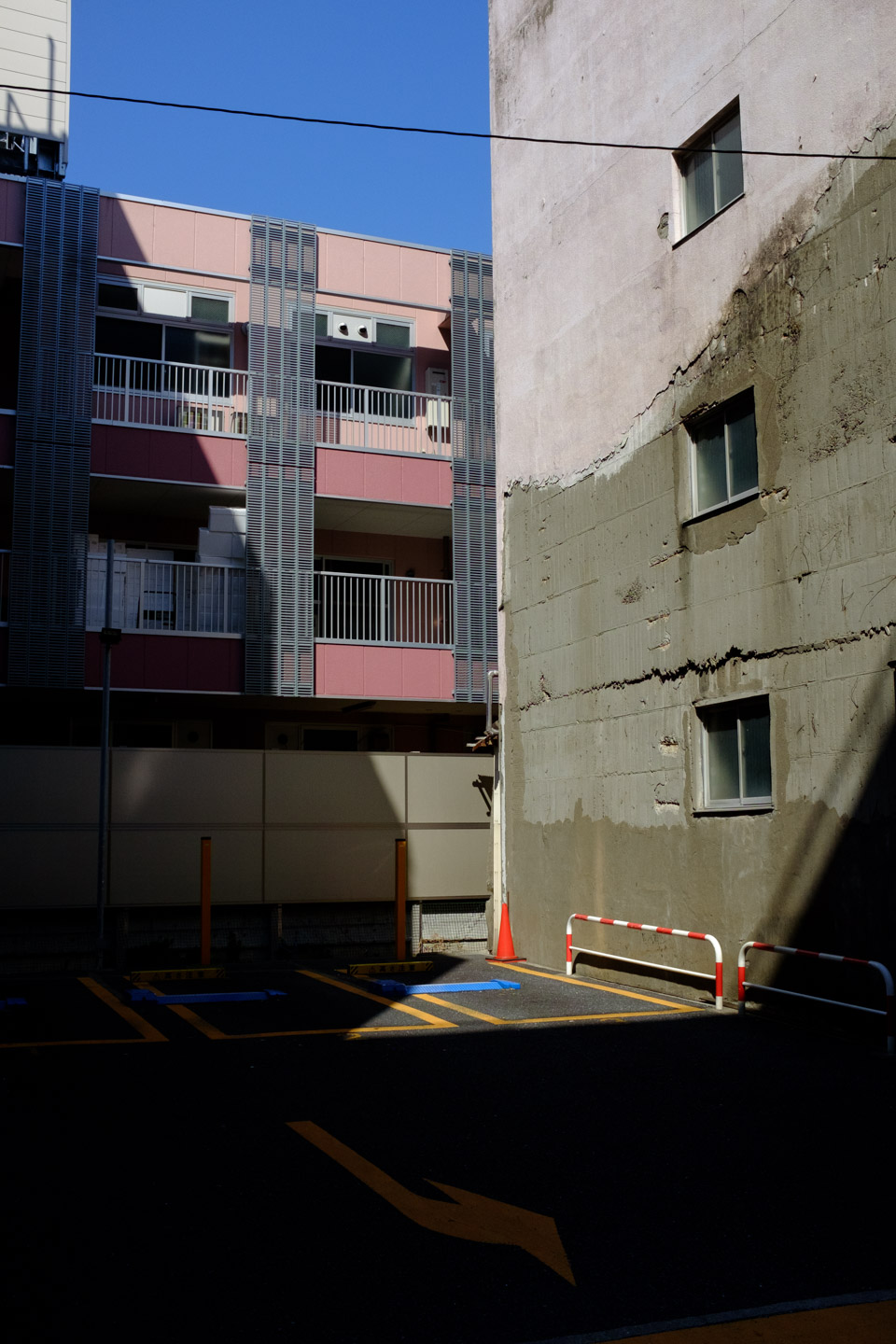
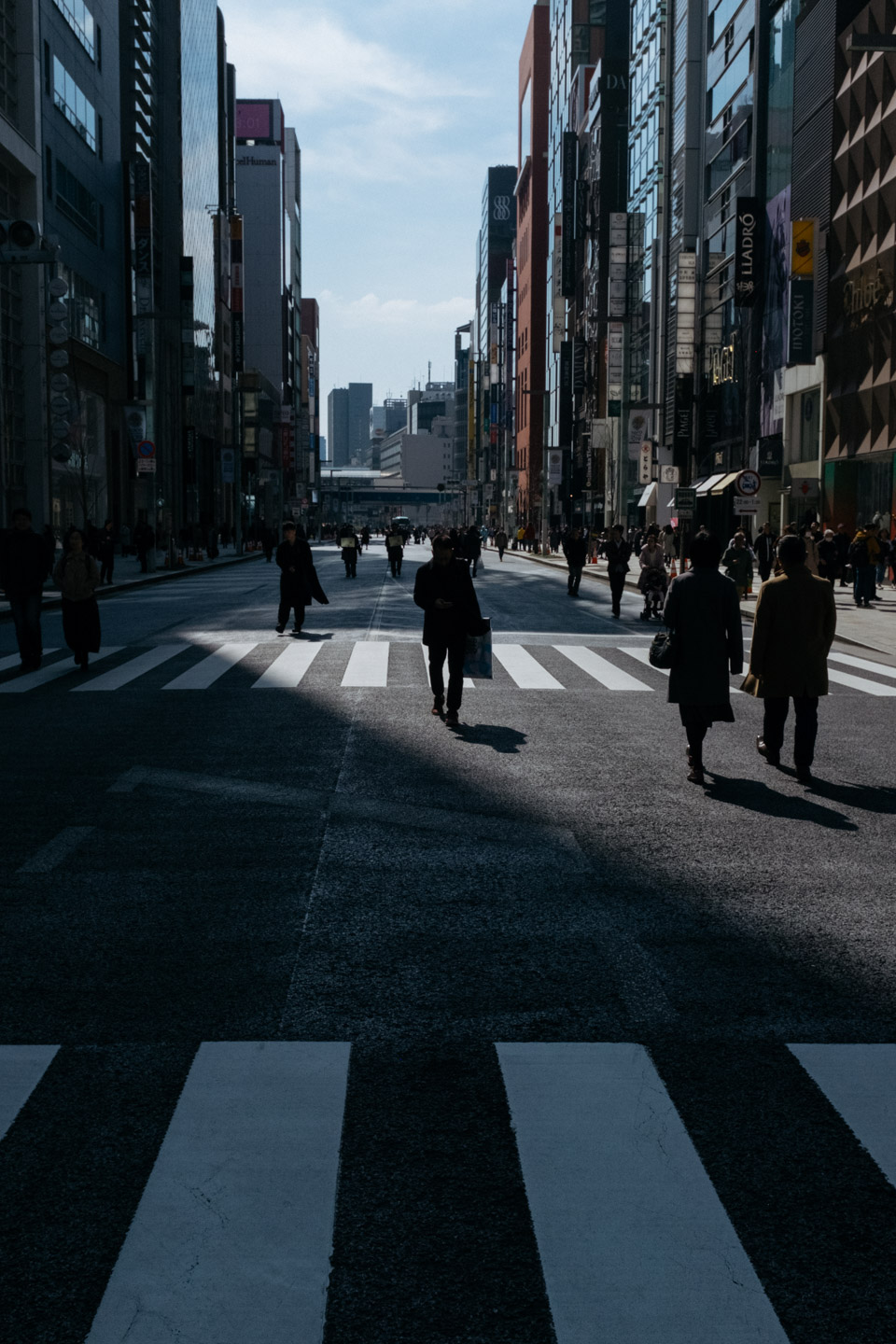
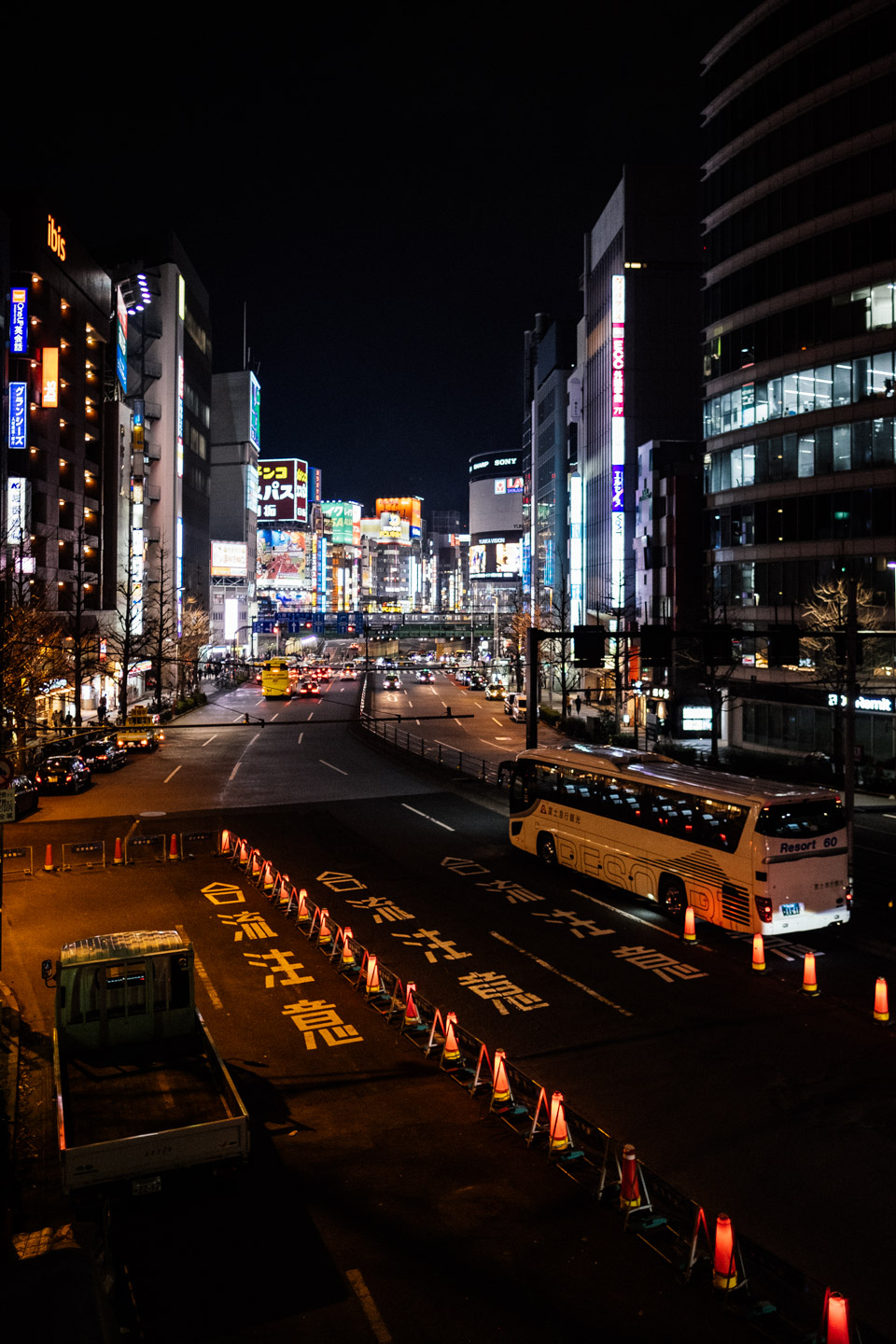
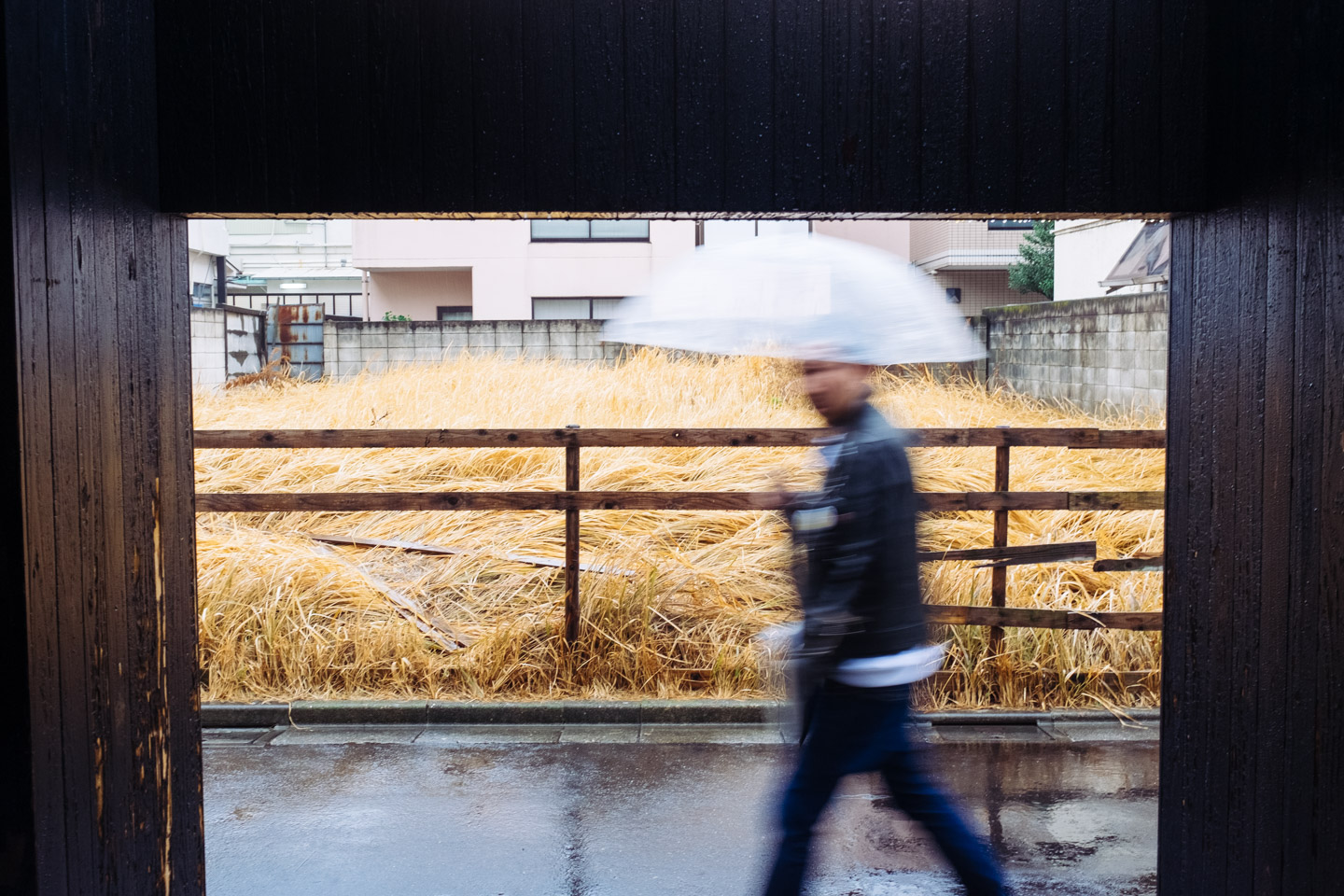
The tower is the most fully-realized example of Japanese Metabolism, an architectural style that seems born out of the population explosion and rapid densification of post-war Tokyo. The idea was to build massive towers on floating platforms over water to expand Japan's usable acreage. The Capsule Tower is made of modular concrete pods (capsules) that are bolted onto two central towers. Theoretically a capsule could be moved or replaced as needed.
Unfortunately the building fell into disrepair, for why I can't find good reason, but I'll guess that this idealistic, cramped, view of urbanization started to look pessimistic to the public over the years.
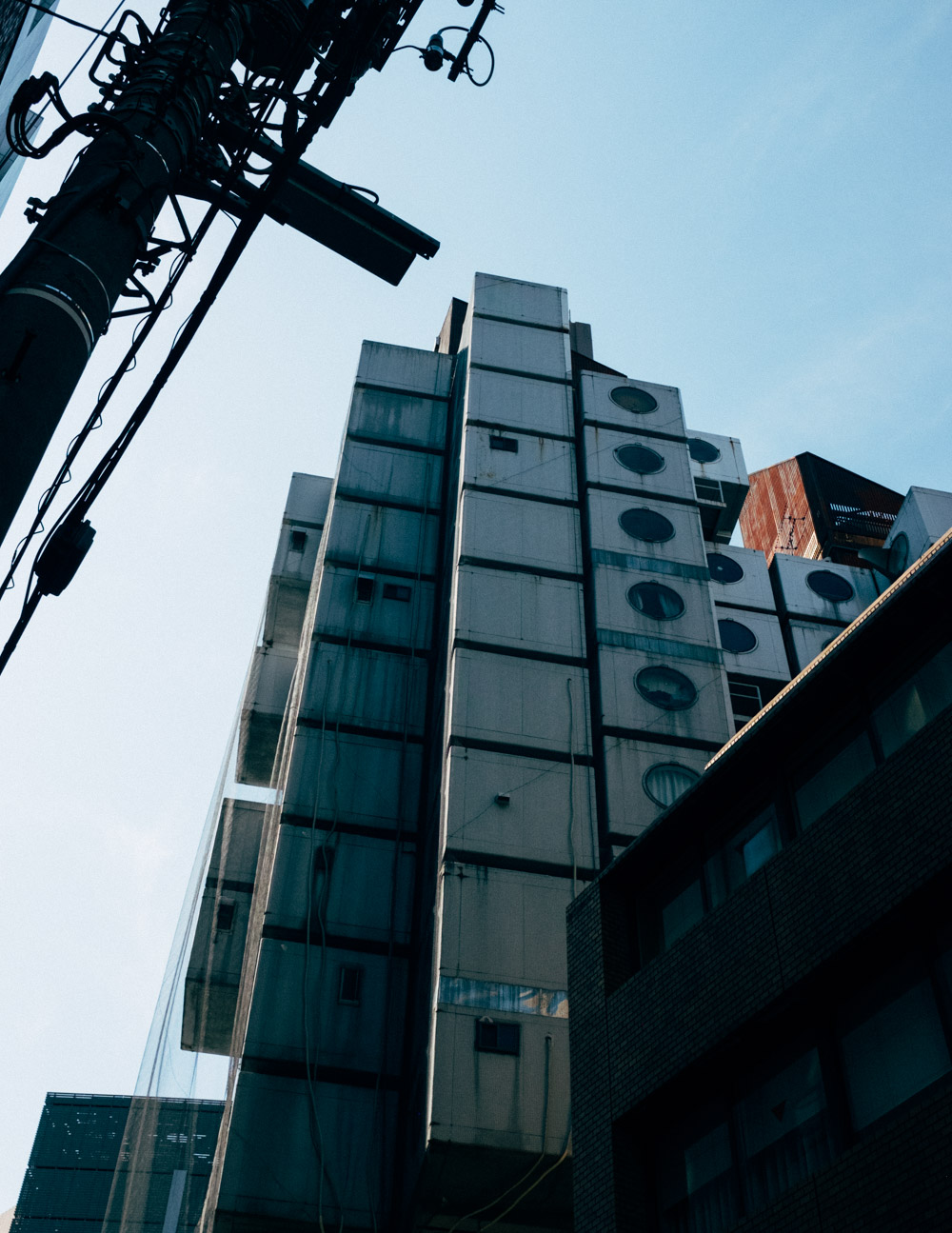
Nagakin Capsule Tower.
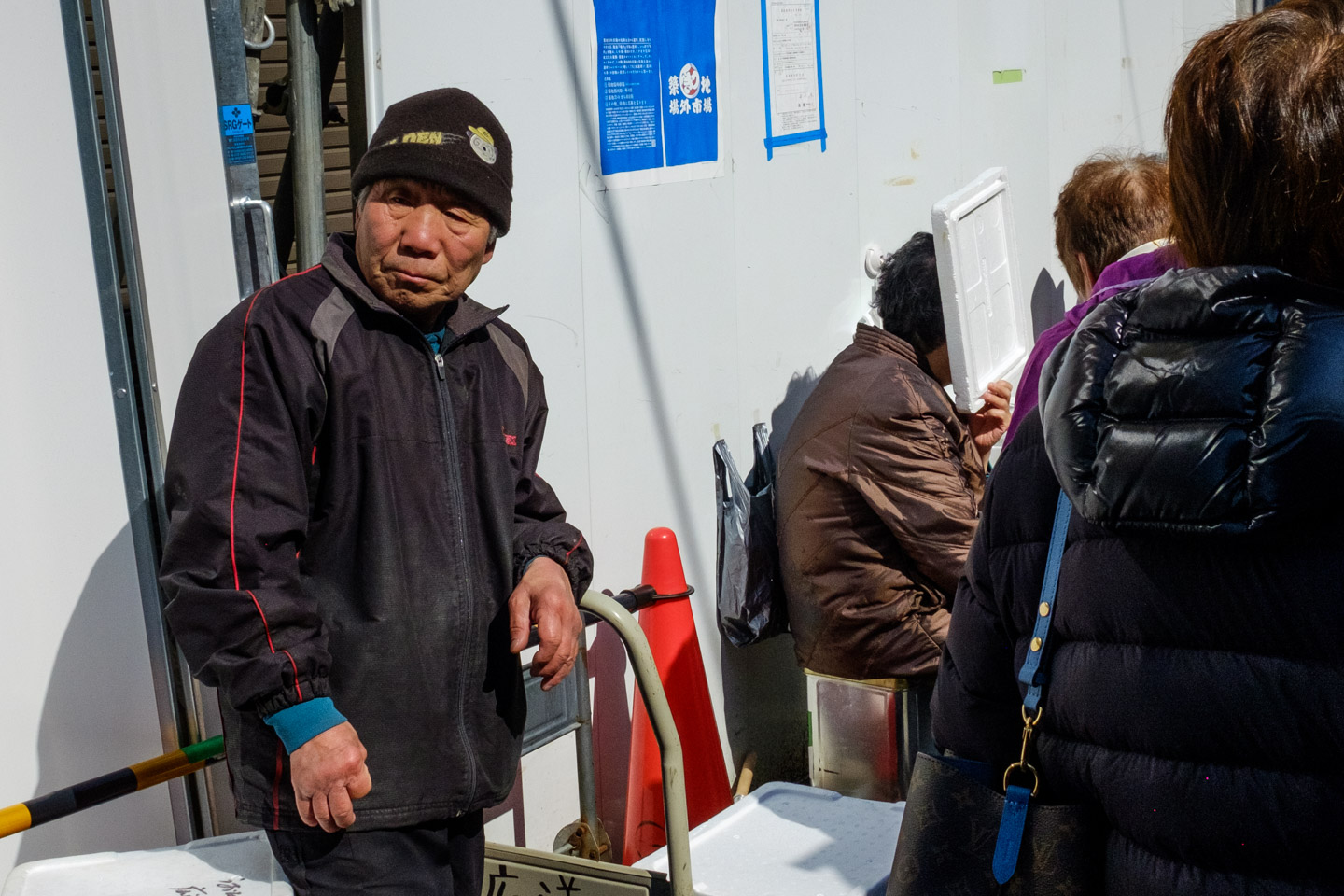
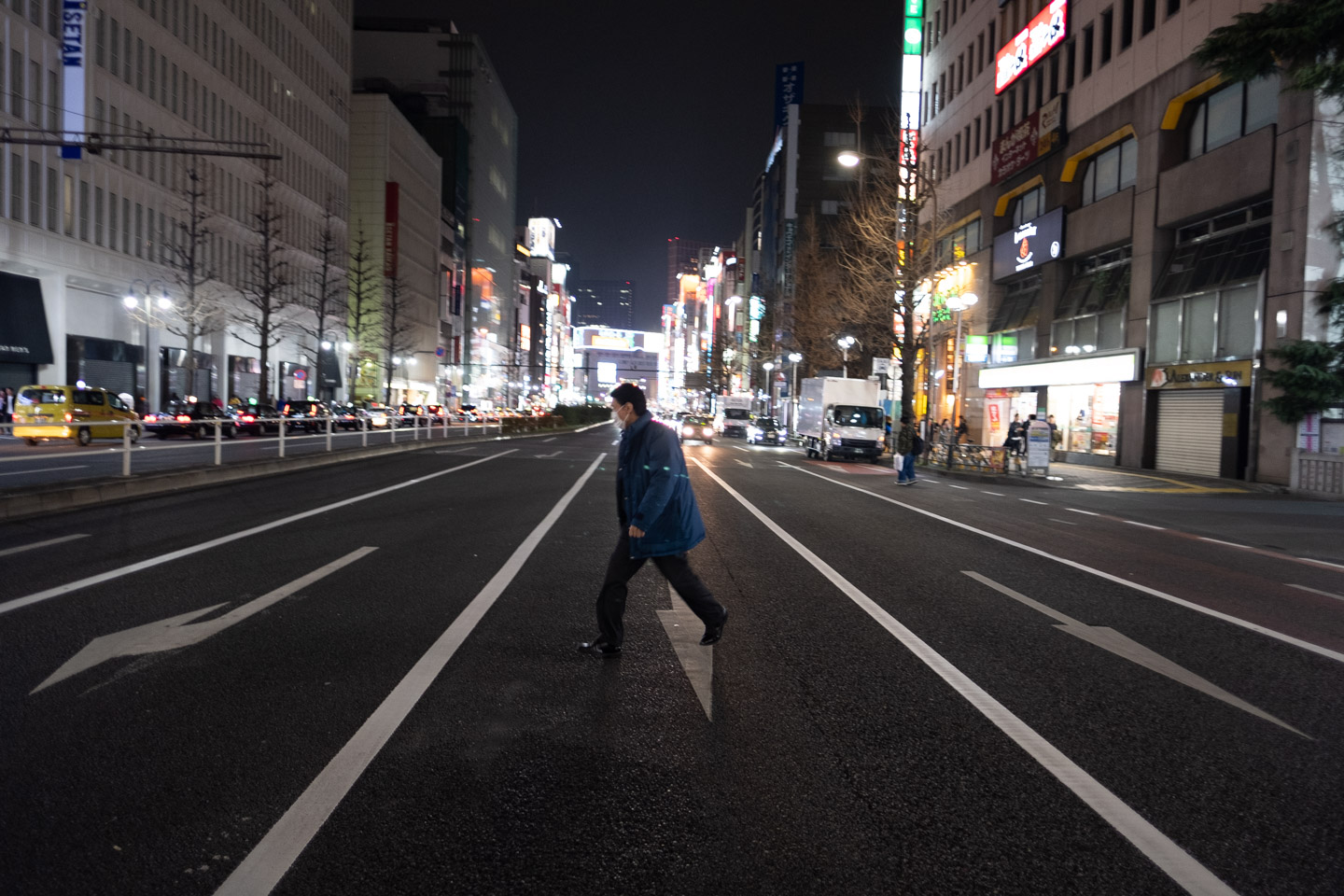
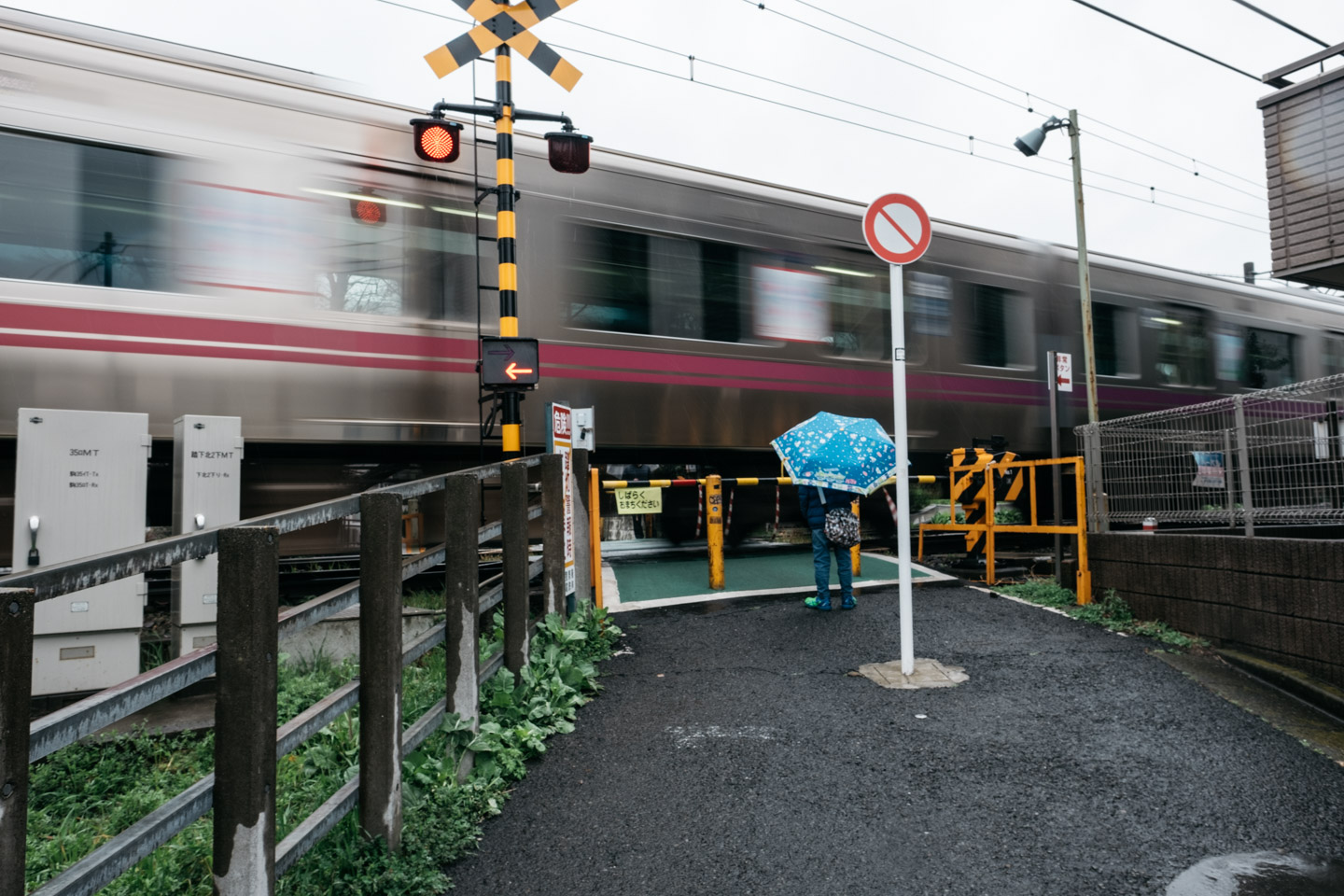
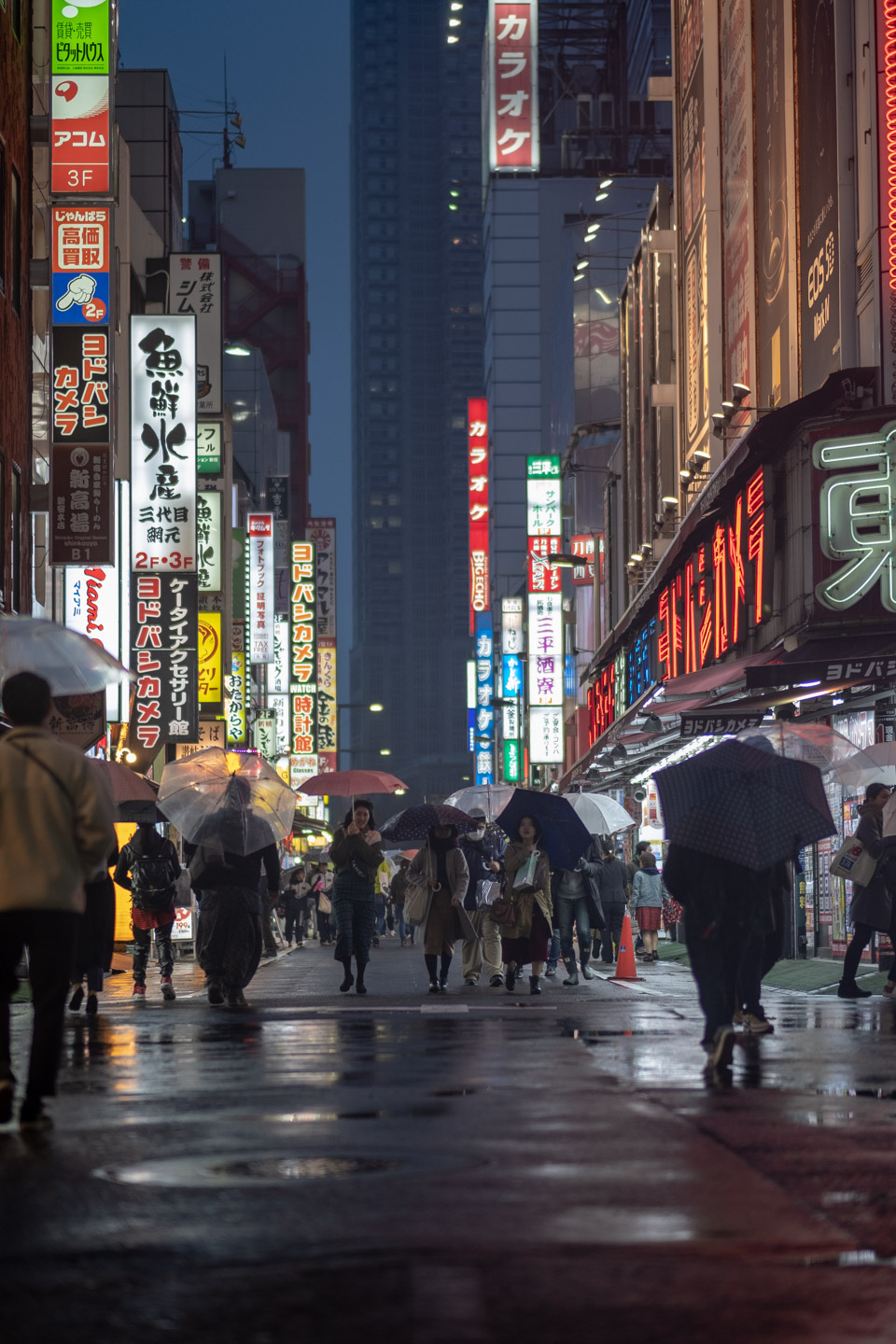
Let's talk about food. Ramen was by far the highlight of our time in Tokyo. We have lots of ramen in Toronto, but it all seems to be one kind of thing: really heavy, over-salted pork broth with an egg in it. Don't get me wrong, it's great, but Tokyo really showcases the breadth of Japan's favourite comfort food.
Right around the corner from our apartment was Oreryu Shio-Ramen, a no-nonsense lunch spot that has perfected a spicy miso bowl. Afuri in Harajuku is famous for a Yuzu broth ramen that is light and subtle. Finally, Bassanova brought Thai influences, to their green curry and Tom-Yum ramens.
Usually the Japanese improve on foreign food, but Japanese curry is not my favourite, which reminds me both in texture and presentation of microwaveable frozen curry back home.
Most restaurants aren't open until at least 11 and Japan hasn't been infected by the brunch disease yet, so eating breakfast at convienence stores is your best option. Luckily the food there is great. Family Mart's egg salad sandwiches are out of this world; slightly spicy on perfectly spongy white bread.
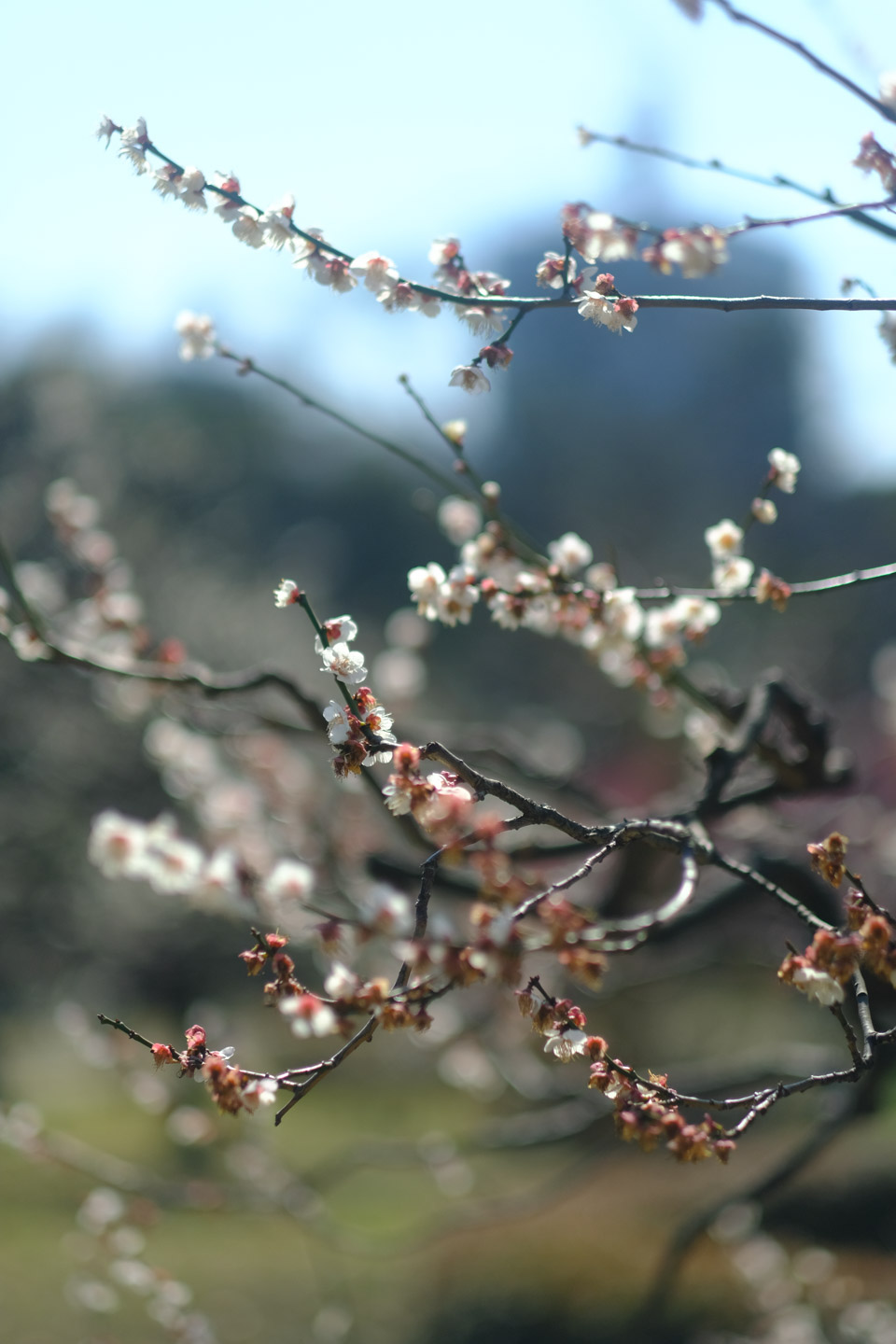
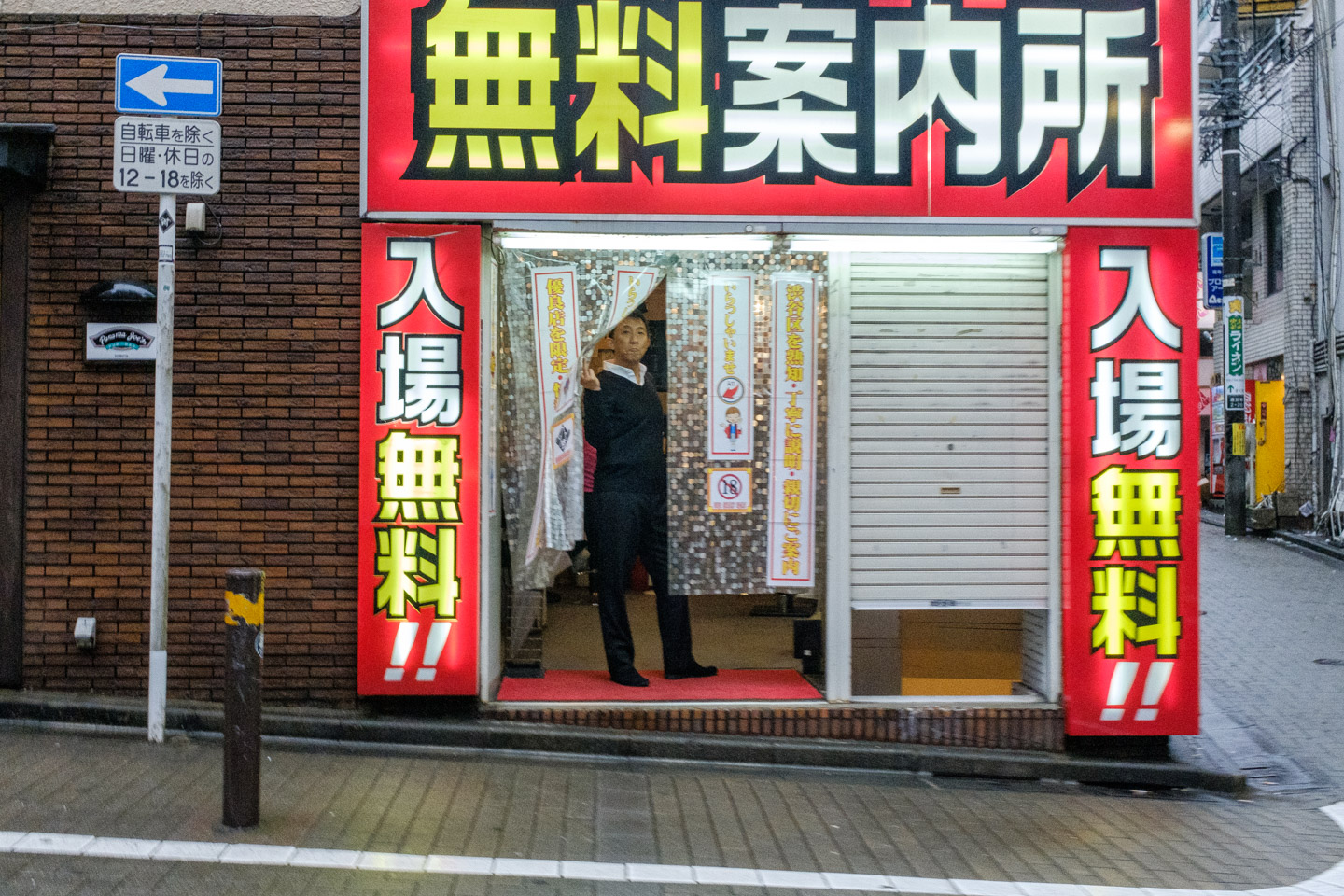
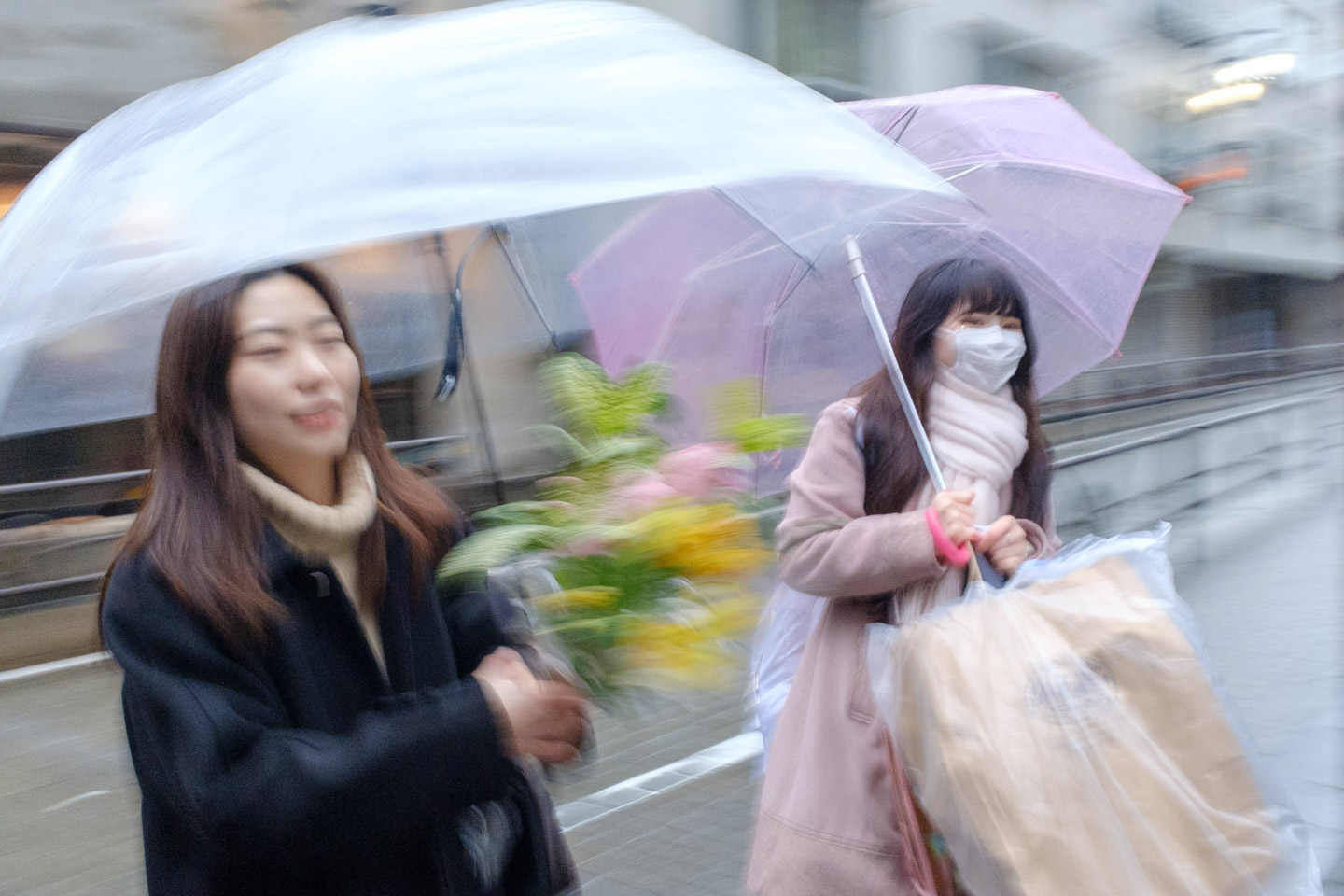
Tokyo is also a great drinking city, even though Osaka has the reputation. Bar Bridge makes a mean Moscow Mule and always seems to have a great DJ. Golden Gai is three narrow alleyways near Shinjuku lined with themed 10-seat bars, our favourite of which was playing death metal, screening B-Horror on VHS and tended by a man who looked like the Japanese Wayne Campbell. There's also a mini Golden Gai just north of Shibuya Station, with a few rows of tiny bars worth having a yuzu soda in.
Our most expensive meal was two drinks and some bar snacks at the New York Bar on top of the Park Hyatt Shinjuku. Yeah, the bar from Lost in Translation, a movie I love and I don't care what anybody else says. The function of the bar in the movie is to symbolize purgatory: $30 martinis and a $20 cover charge for the privilege of city views and some syrupy, teeth clenching vocal jazz. Also the next table is a bunch of German programmers wearing cargo shorts and Birkenstocks. It's website says "New York Bar effortlessly evokes the spirit of its namesake: the city that never sleeps," which is true if it's trying to evoke the spirit of drinking the minibar at a room in Trump Tower.
But I loved it, and was one of my favourite things we did in the city. It serves up some impersonation and alienation that I think is important to experience in a new place. It grounded me more than a visit to the Imperial Palace would have.
Hakone + Kawaguchiko
箱根町 + 河口湖
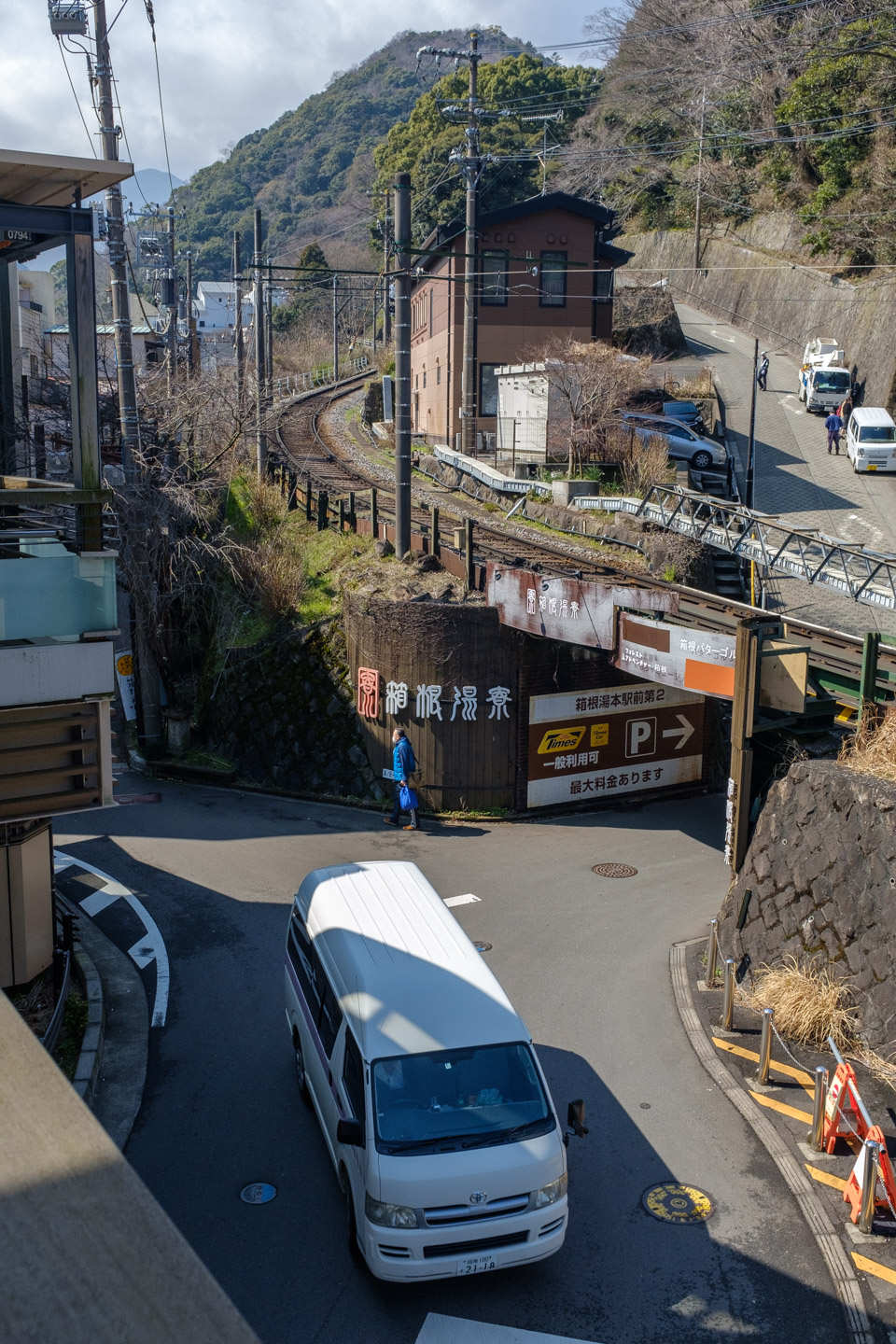
After six nights in Tokyo we figured we would want some time out of the city and were eager to try staying at a Ryokan. So why not spend two nights in a row? I don't recommend this. A ryokan is a traditional Japanese inn with a multi-course kaiseki meal for dinner and breakfast, access to communal or private baths (usually fed from a hot spring) and sleeping on the floor, which is why I don't recommend doing it two nights in a row.
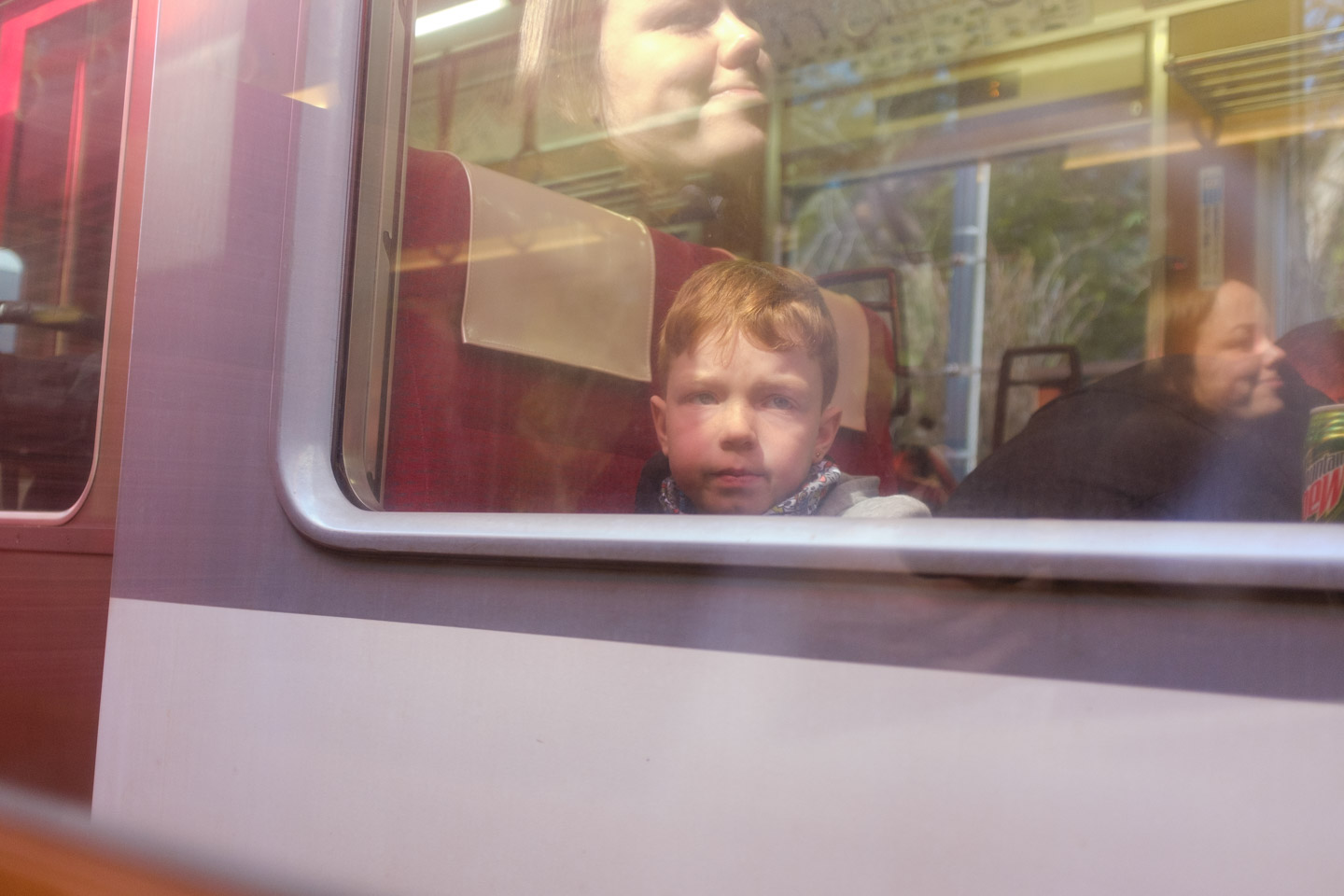
Our first ryokan was north of Hakone, a pretty little village that's a popular day or weekend trip for Tokyoites. You take the oldest mountain train line in Japan, the Hakone Tozan Line up the mountain and through three switchbacks (the driver and attendant get out and change positions at either end of the train and communicate that it's clear to proceed with great choreography) to where all the ryokans are. The inn was small, with what seemed like only a handful of employees and maybe a dozen rooms.
Our second ryokan was in the town of Kawaguchiko, a through and through resort town centred around Mt. Fuji tourism. This place was a lot less traditional: a five story hotel with a larger dining-hall space for breakfast and dinner in private rooms with. Like a Holiday Inn with communal baths. Not as homely as the ryokan in Hakone.
Upon check in you are thanked profusely by a manager who leads you to your room and points out every feature in case you've never stayed in a hotel before, punctuated by lots of bowing. "Thank you for staying at my hotel", she said, kneeling at the threshold before locking us in to enjoy our tea.
Both had great food but Hakone's was more understated, staying true to the local ingredients. The highlight was beef marinated in miso paste that you cook yourself over a flame on your table. There were definitely some "what is this" moments, with textures and ingredients that required some adventurousness, and more familiar fare like sashimi, varieties of delicious pickled vegetables and rice.
Are you ready for breakfast? Because it's pretty much exactly like dinner. Lot's of fish first thing in the morning.
Kyoto
京都
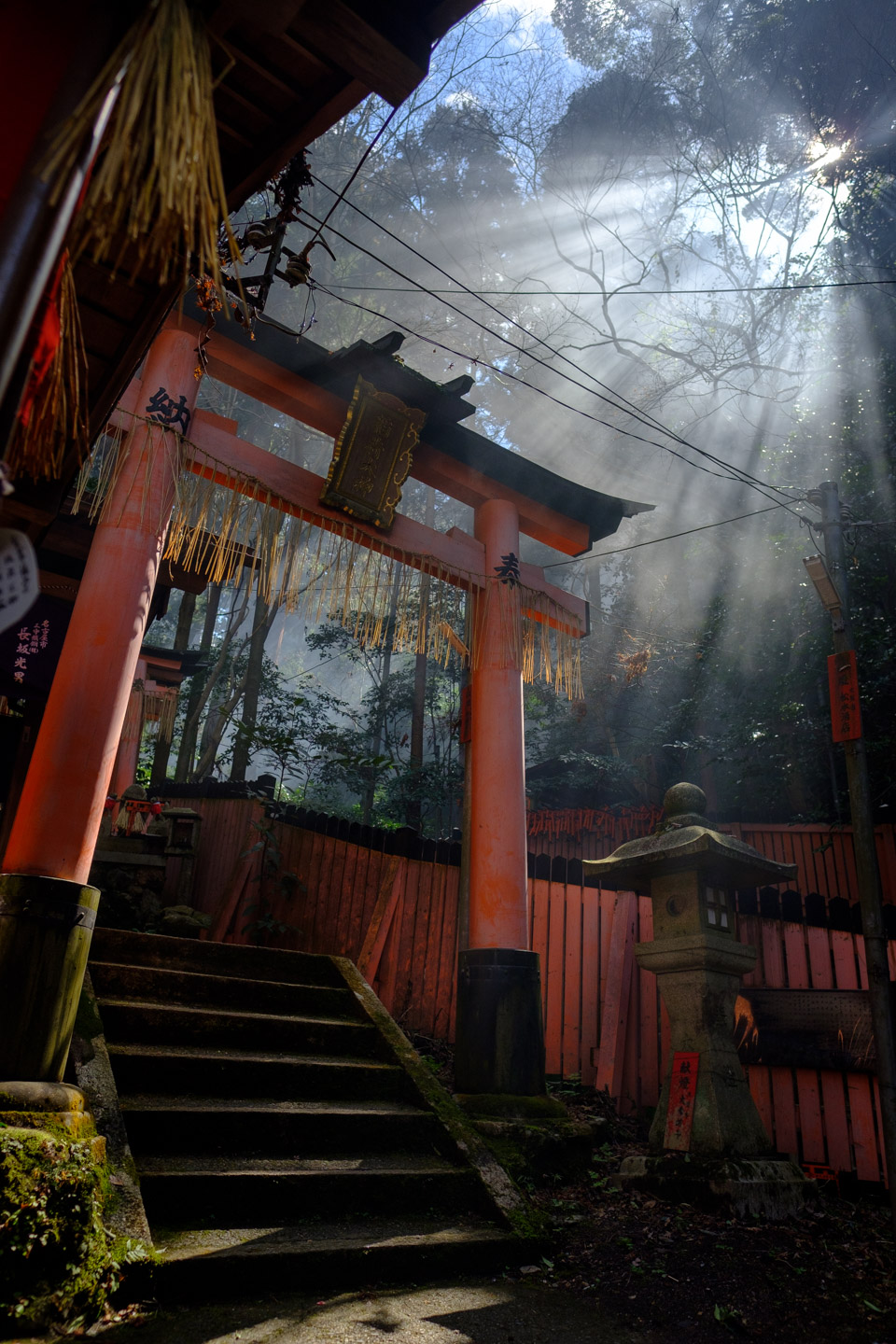
After two nights on the floor we had a day of travel back down out of the mountain from Kawaguichiko to Tokyo and got on the Tōkaidō Shinkansen to Kyoto. Sitting on a train going 285 km/h, after a week of experiencing efficient transit and a respectful populace, is what seeded the phrase "oh this is what it's like to live in a real country" in my head. It's insane that we don't have any high speed rail in North America.
After the sprawling expanse of Tokyo, Kyoto feels like a city you can get a grasp of. We only booked one night there and while I would go back, I think we got the gist. After getting off the train we headed west from downtown to Arashiyama, a beautiful curve of the Katsura River full of Instagram bait like the Arashiyama Bamboo Forest and the Monkey Park.
Kyoto is the city we visited that best represents the tangible conflict between social media and tourism in an old place. Everywhere you look there are tourists in rented kimonos tripping up ancient steps in traditional sandals to pose for selfies. My instinct was to be a little disgusted, but who the fuck am I? I'm a guy taking photos of tourists in kimonos instead of learning about the shrine and its history.
It's a very beautiful city and life seems to move at a slower pace than the other cities we visited on this trip. In March it smelled like wood stoves as we rode around it on our rented bikes; the best way to see the city. You can't ride a block without passing another shrine and they all start to blend together to my loss. I wish I knew more about the architecture and the history.
Conversely I don't think anyone needs to be an expert to travel. I've had plenty of great experiences going to a new place and learning a lot, but at certain shrines in Kyoto there is such a throng of young people who don't seem to give a shit about their surroundings other than how it looks through their phones that it becomes distracting and prevents you from really engaging with the place.
The Fushimi Inari Shrine was by far the most busy but it pays off. Hundreds of wooden inari line stepped paths that wind up an escarpment. Arrive ready to climb stairs and rush through the people milling about the lower loop of shrines and head towards the peak. The crowds thin out and you're allowed to experience the magnitude of remembrance, labour, and history in those shrines. Their number multiplies this feeling with every step.
Luckily Kyoto has some natural defenses against the onslaught of tourists. As we reached a landing on the steps a crowd was gathered around a monkey and its baby on a railing and everyone was getting photos. An Austrailian woman got next to it and turned her back to frame a selfie, which it reacted to with swatting at her phone and tugging on her sweater. I managed to get a photo.
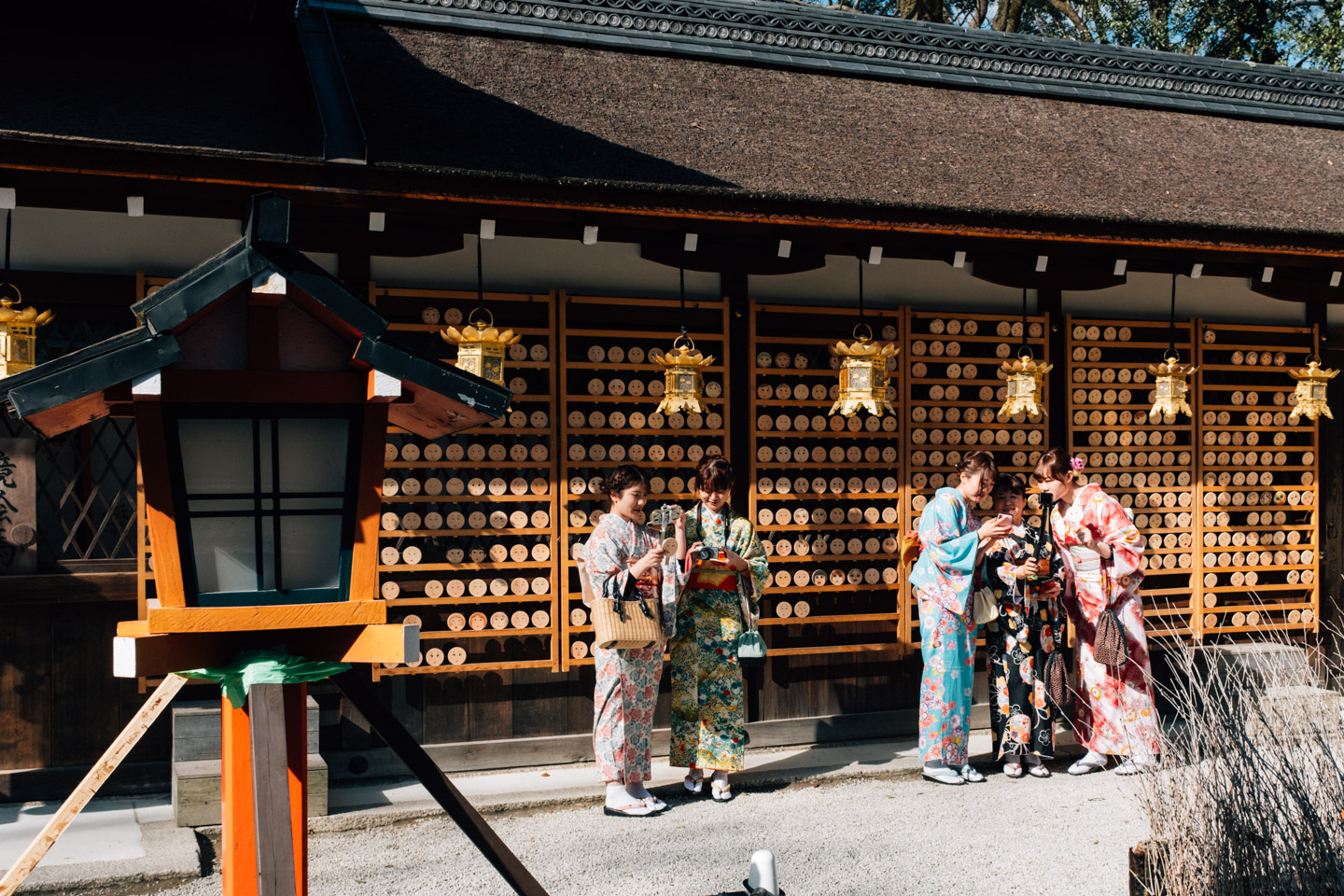
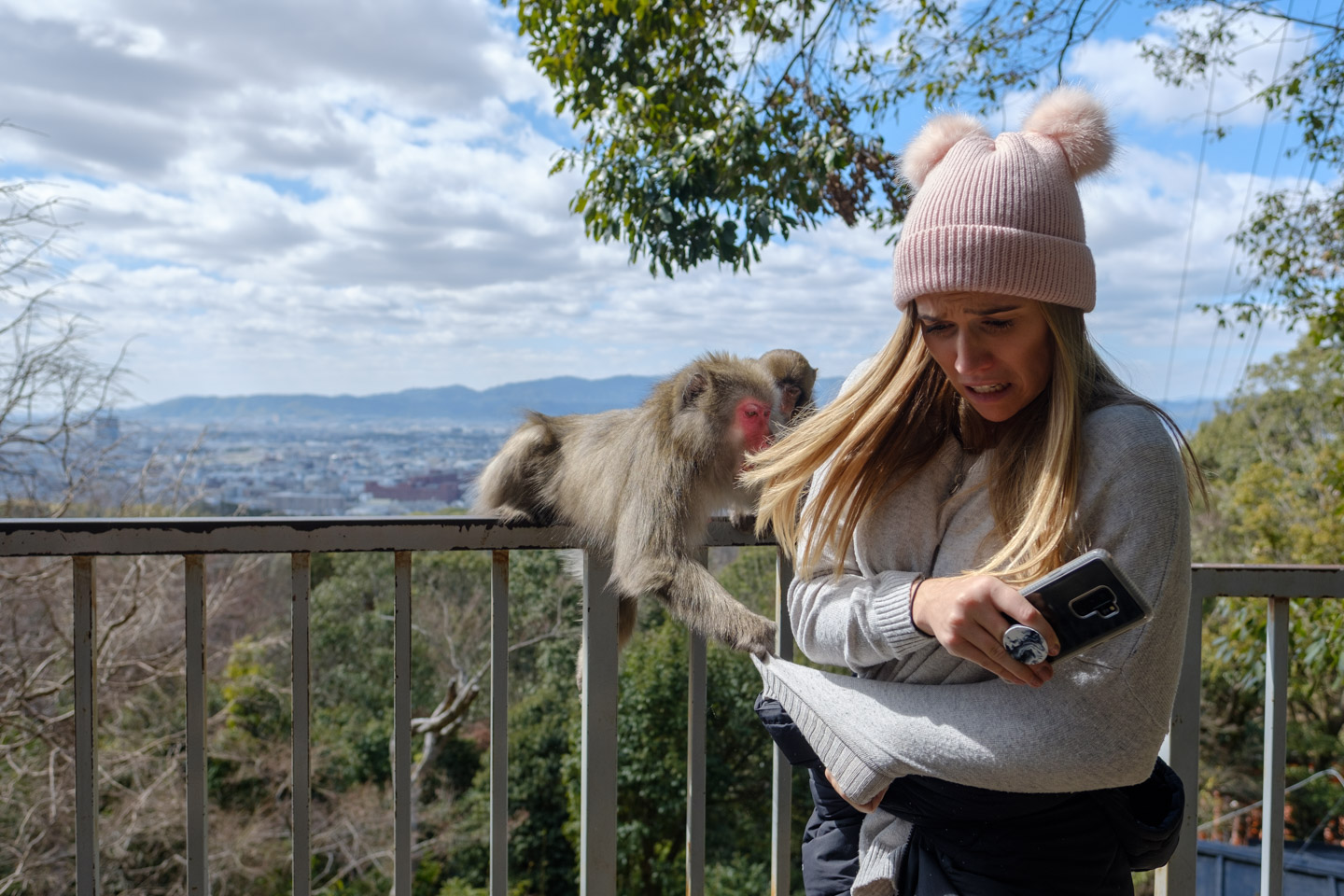
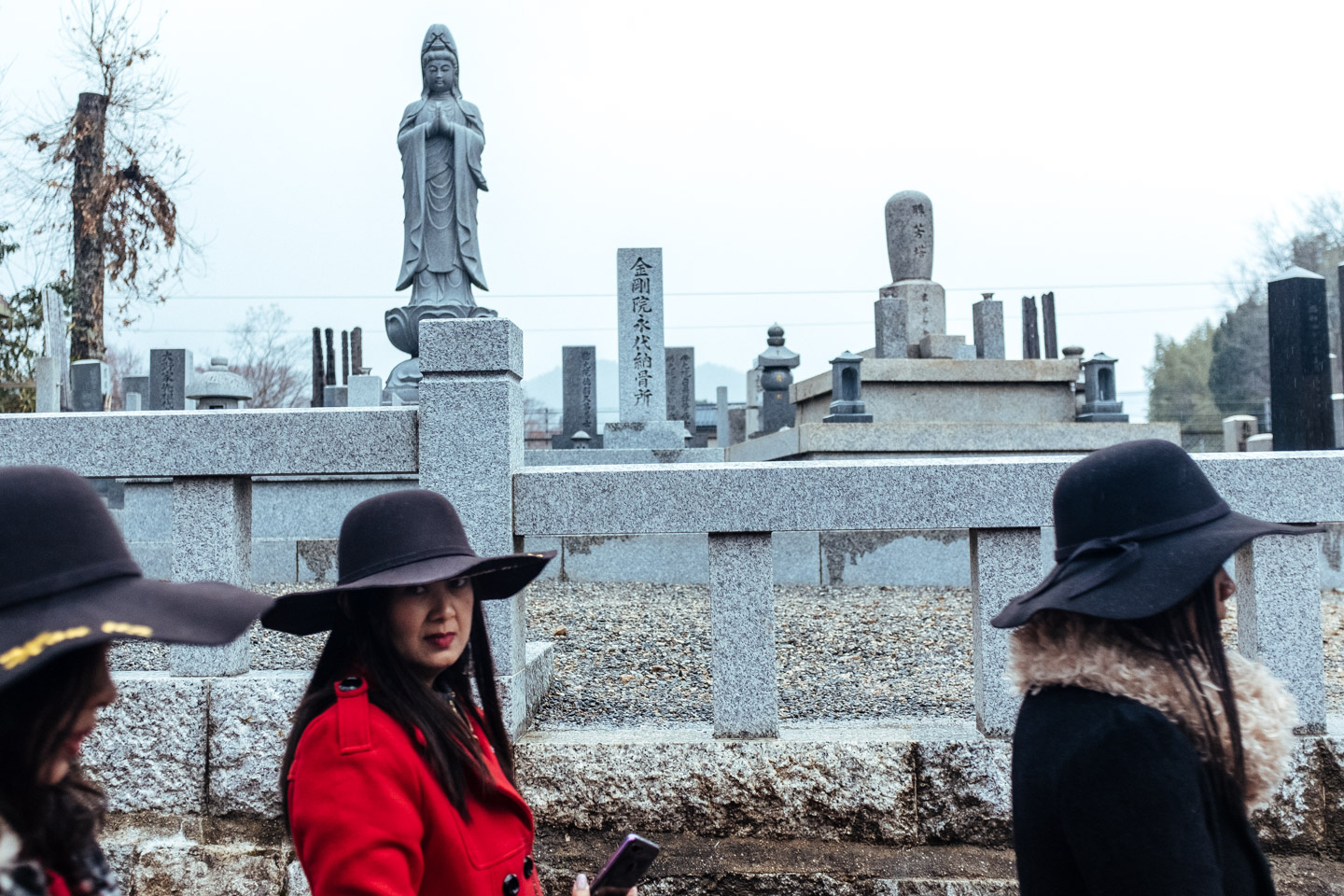
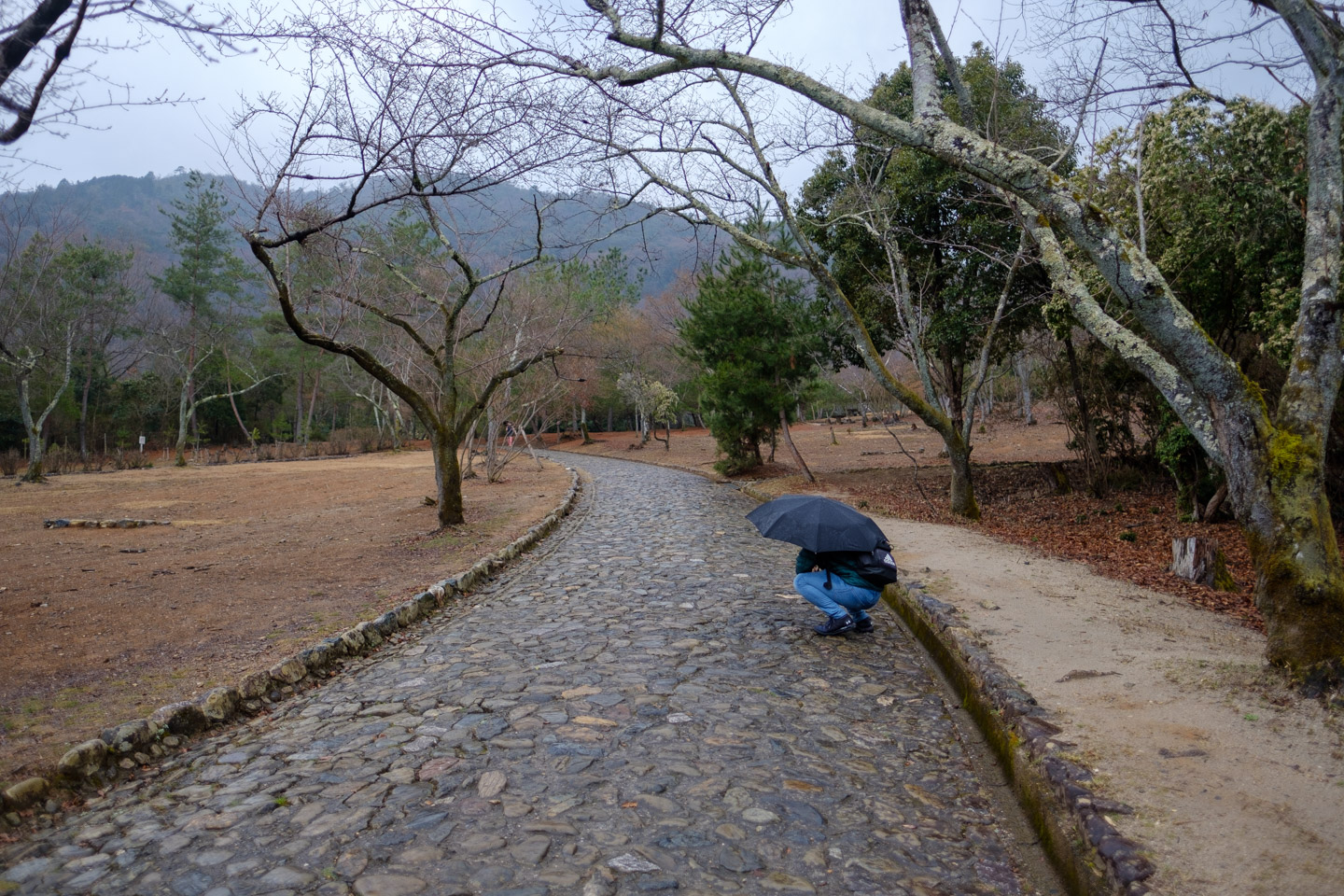
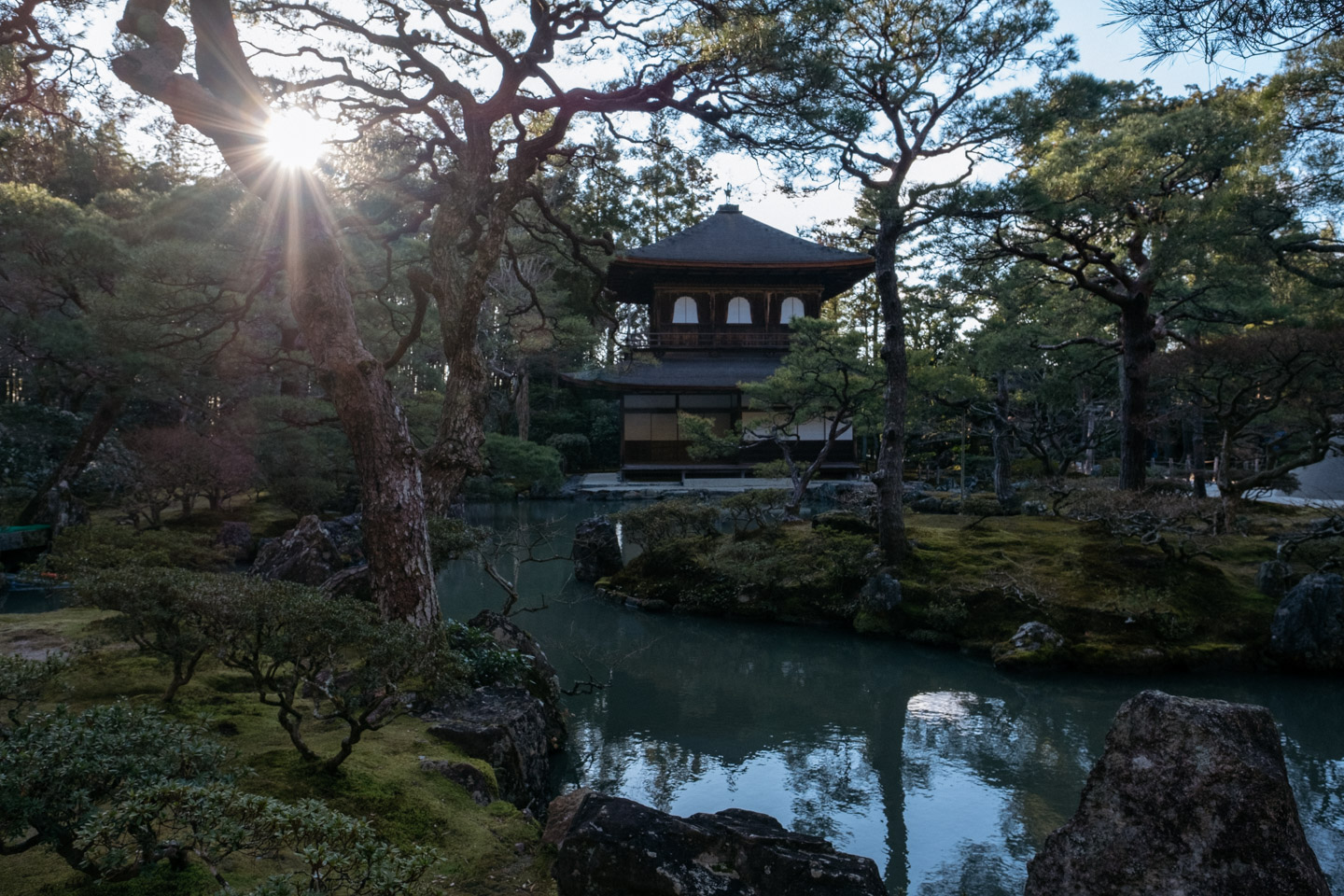
Osaka
大阪市
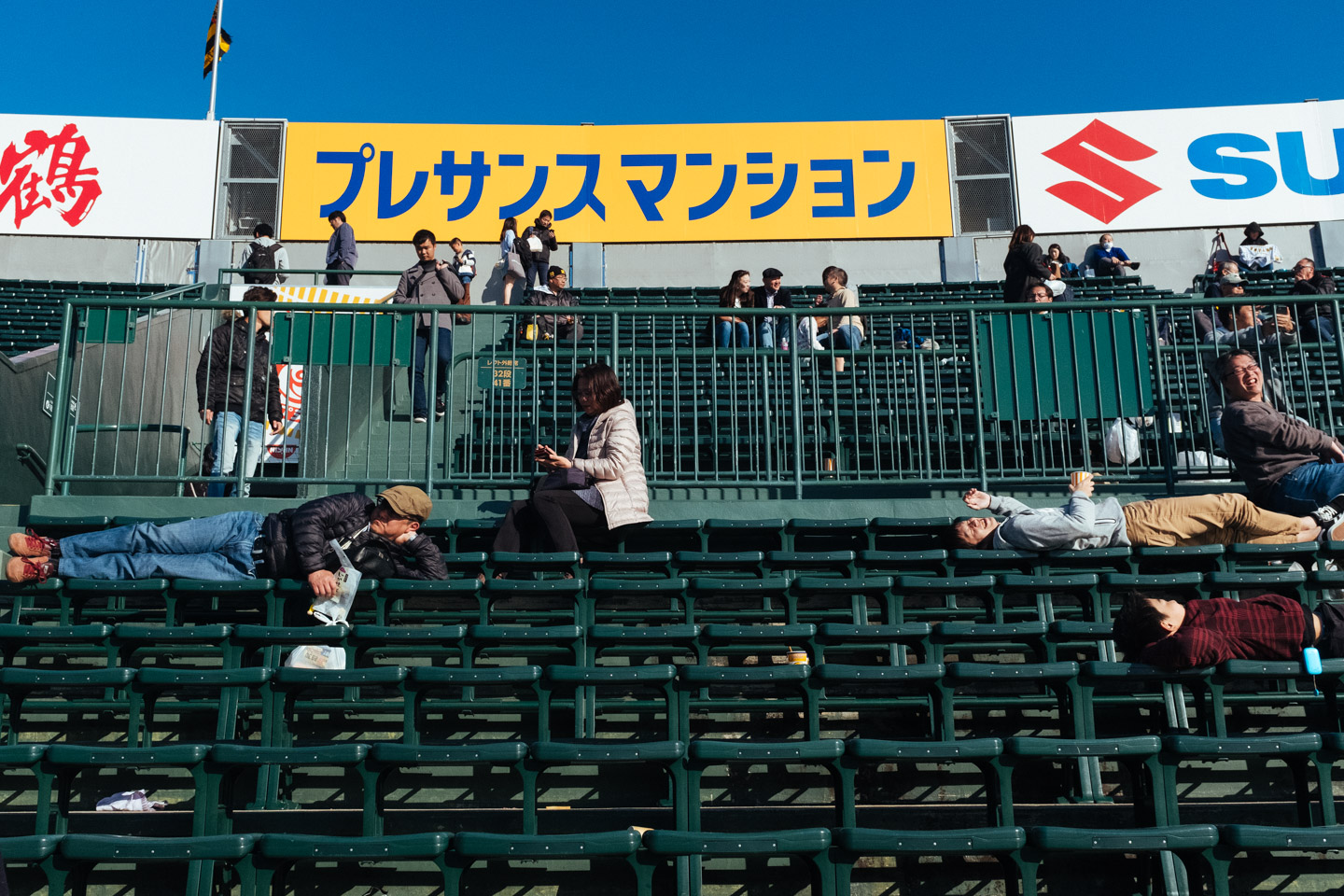
Since we spent the day of our first night in Osaka riding bikes around Kyoto that left us with only one full day in the former before flying to Taipei. I'm glad we spent it on baseball. Anyone we asked about baseball in Japan said to go to a Hanshin Tigers game, who have played in the same stadium since their inception in 1936, making it the Fenway Park of the NPB.
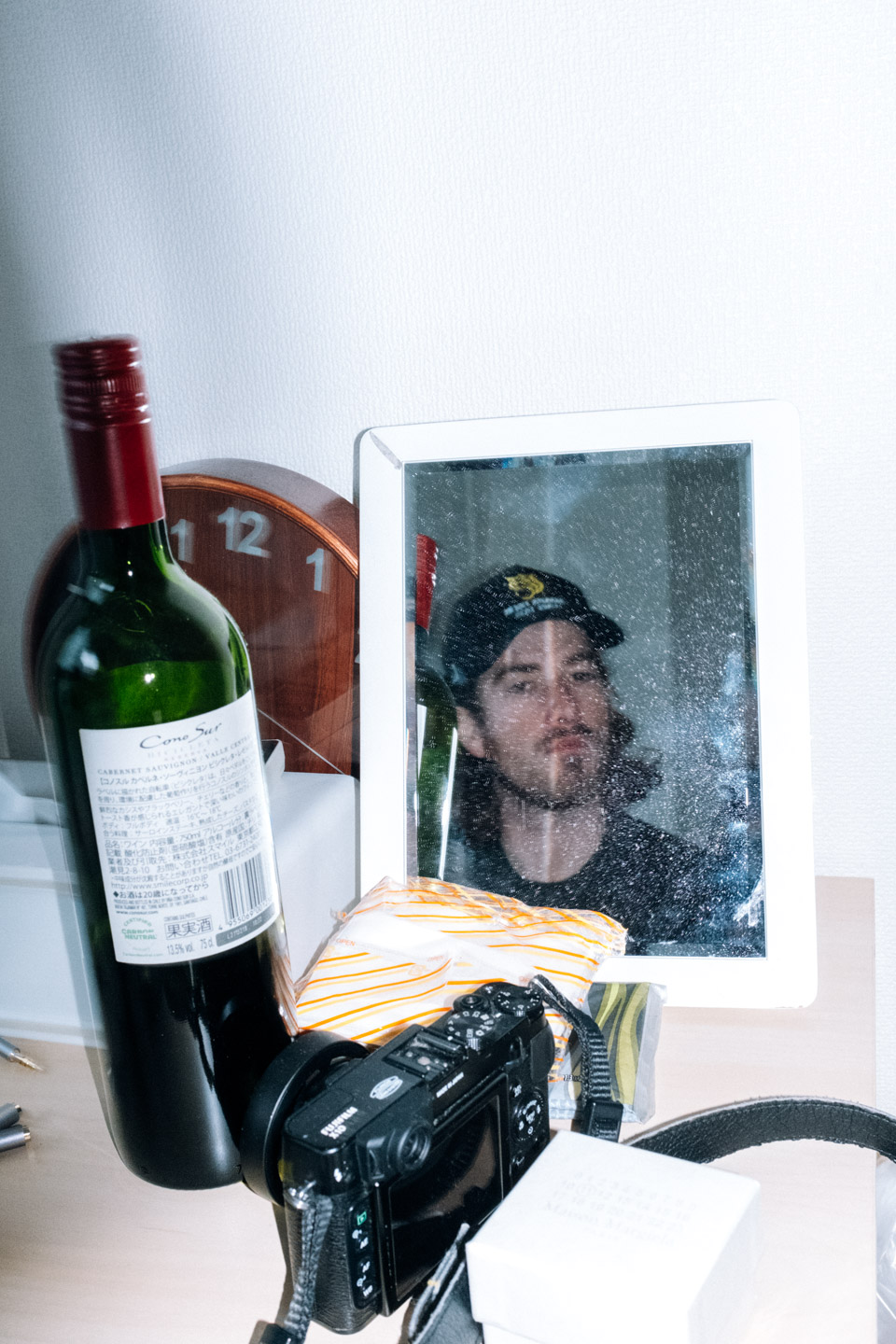
My new Hanshin Tigers hat.
It was a perfect sunny day for baseball and like everything else, the Japanese have perfected the baseball experience. Everyone is patient waiting in line for tickets, the food is great and "beer girls" outfitted with kegs in backpack harnesses and holsters of cups come right to you so your glass is never empty.
After the game we wandered the Dotonbori district, careful to avoid restaurants with high seating fees. We ended up at a Chinese restaurant as a preview of Taipei and had our first soup dumplings of the trip, charred asparagus and more beer.
I searched my phone for something different and we found a small vinyl bar nearby. The bartender/owner served us yuzu sodas with Calpis as friends and expats who stay at the hostel upstairs joined the party. There was a German couple who were there on their honeymoon, an old friend of the bartender who told me he coached Yu Darvish on his high school hockey team and told him to stick to baseball because he couldn't skate, and a guy from Boston who I suspect was a real life weaboo. I have found nothing online to corroborate that Yu Darvish even played hockey.
If you don't know what a weaboo is I don't blame you. It's a derogatory term placed on someone obsessed with Japanese culture to the point of disability. The bartender told me there was a huge cosplay festival up the street that we missed because we were at the game. It was dark, but I was pretty sure Boston guy was wearing coloured contacts he may forgotten to remove after getting out of his costume. He had recently moved to Osaka to be with his Japanese girlfriend and was on the job hunt. I didn't ask about the contacts.
The next morning we battled serious hangovers on the train to the airport to fly WOW AIR to Taipei and get screwed by their cabin baggage weight restrictions.
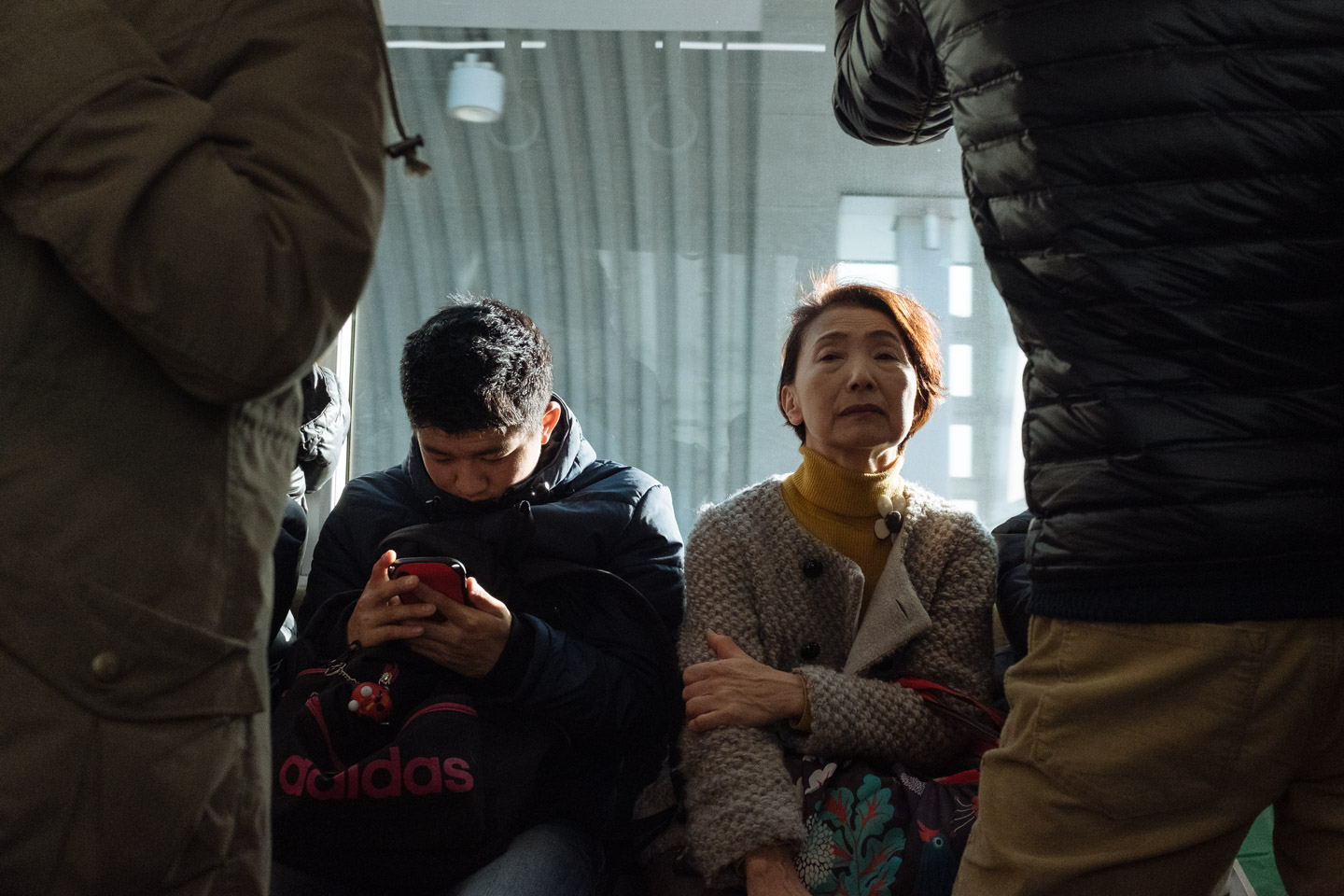
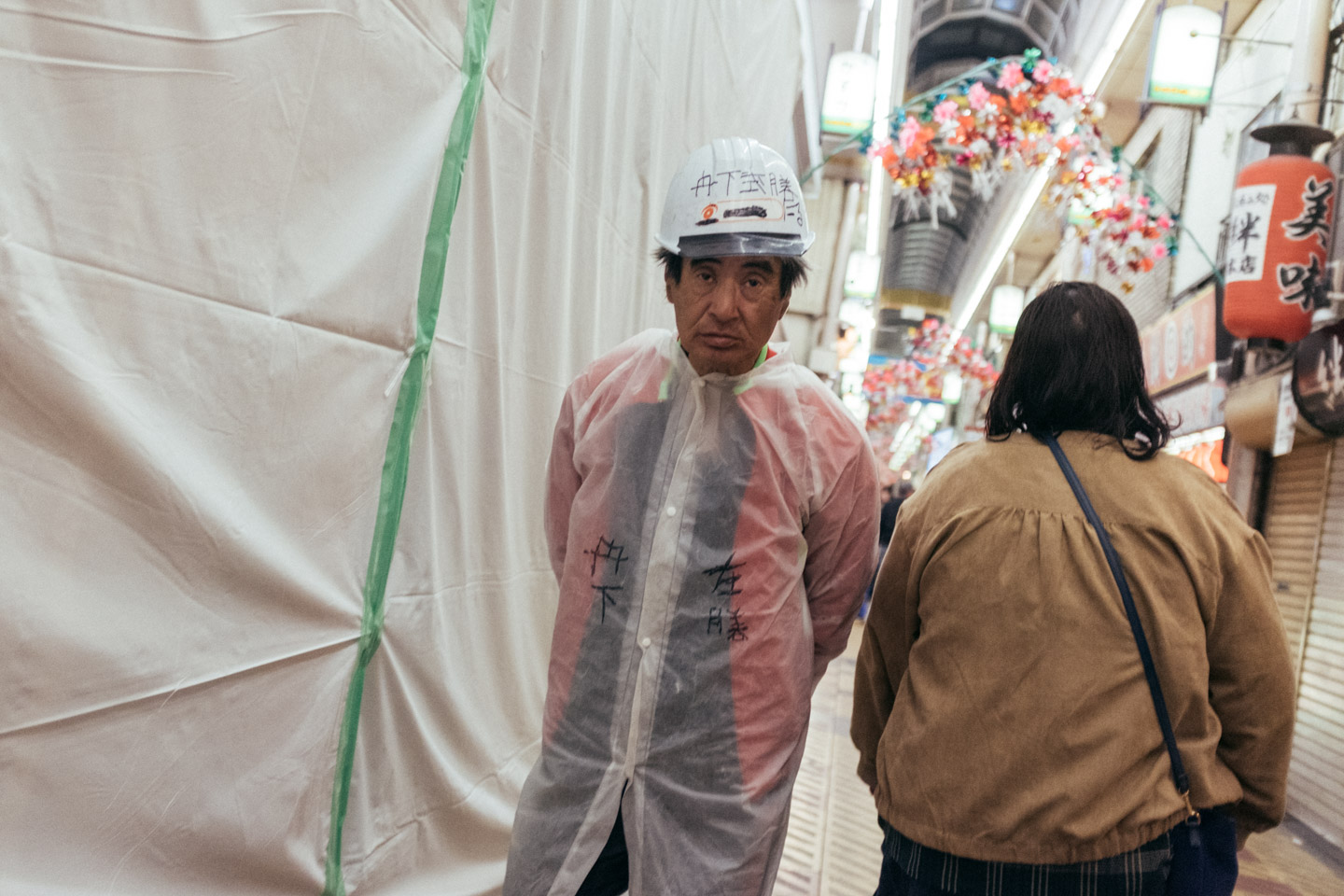
Taipei
臺北市
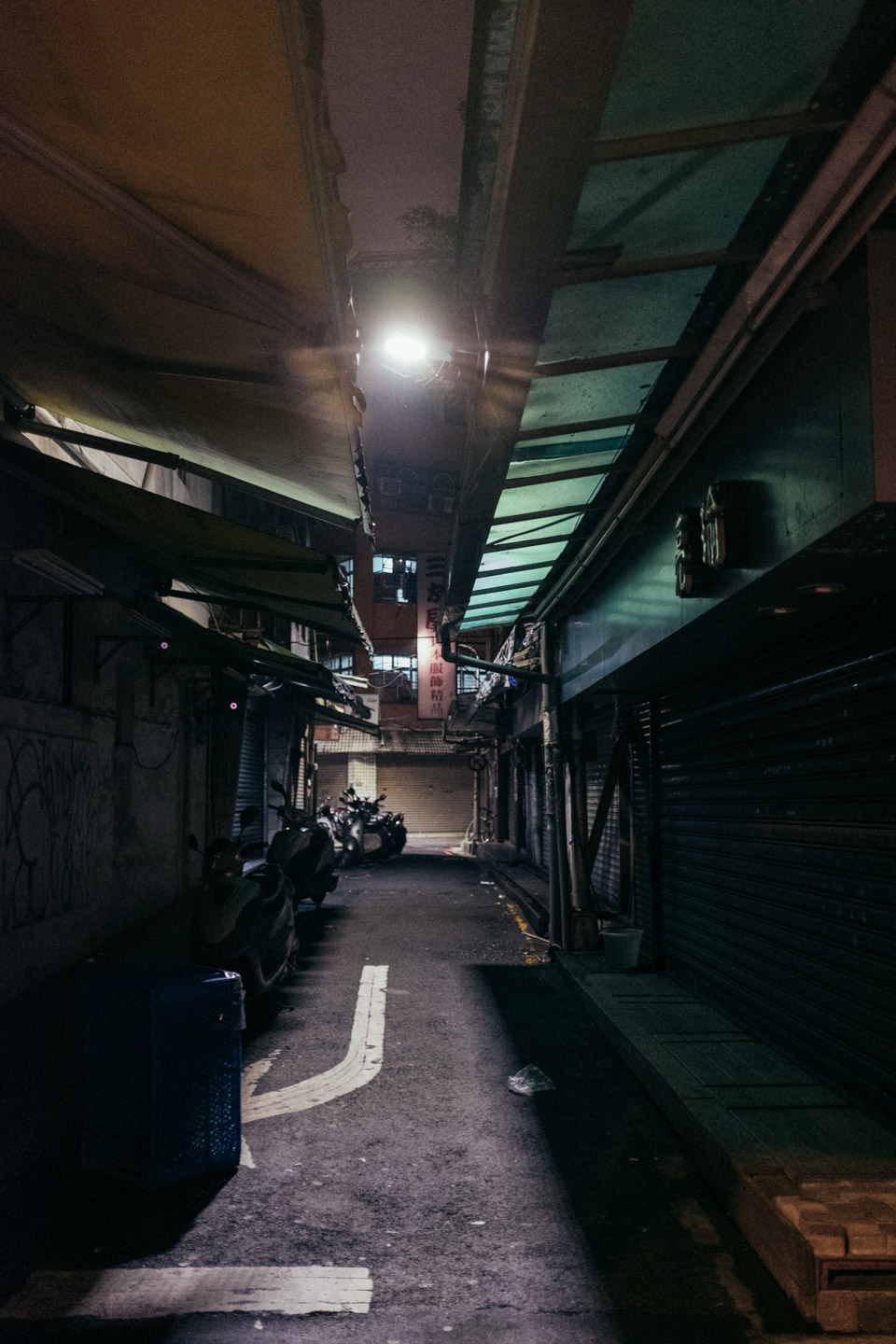
Taipei is one of the most beautiful cities I've visited. The Taiwanese approach density with a lot more improvisation and spontaneity than the Japanese do. Every nook and cranny is utilized. Awnings made weatherproof with corrugated sheet metal and everyone has lots of plants. At night the trees shade concrete walls from the streetlights and unlit neon, shrouding the streets in a grungy retro-futurism.
In the daylight the alleys are alive with colour. The houseplants fill the streets with green, trees grow from impossibly narrow spaces, buildings are painted or covered in coloured tile. Every street corner is a market, bank, laundry, meeting place. Scooters are everywhere.
The age of the buildings and this level of urban creativity reads as "dirty" at first glance, but you have to look deeper. Whenever you hear someone describe a place as dirty, hear that as some colonial bullshit. The earth is dirty.
We bought a book that told us that Taipei is morphing out of its industrial past into a cosmopolitan city of technology and art—old factories converted to artists spaces, cafes, the language of gentrification in North America. And while you certainly notice the old against the new, it doesn't seem to be such a barbaric process in Taipei as elsewhere.
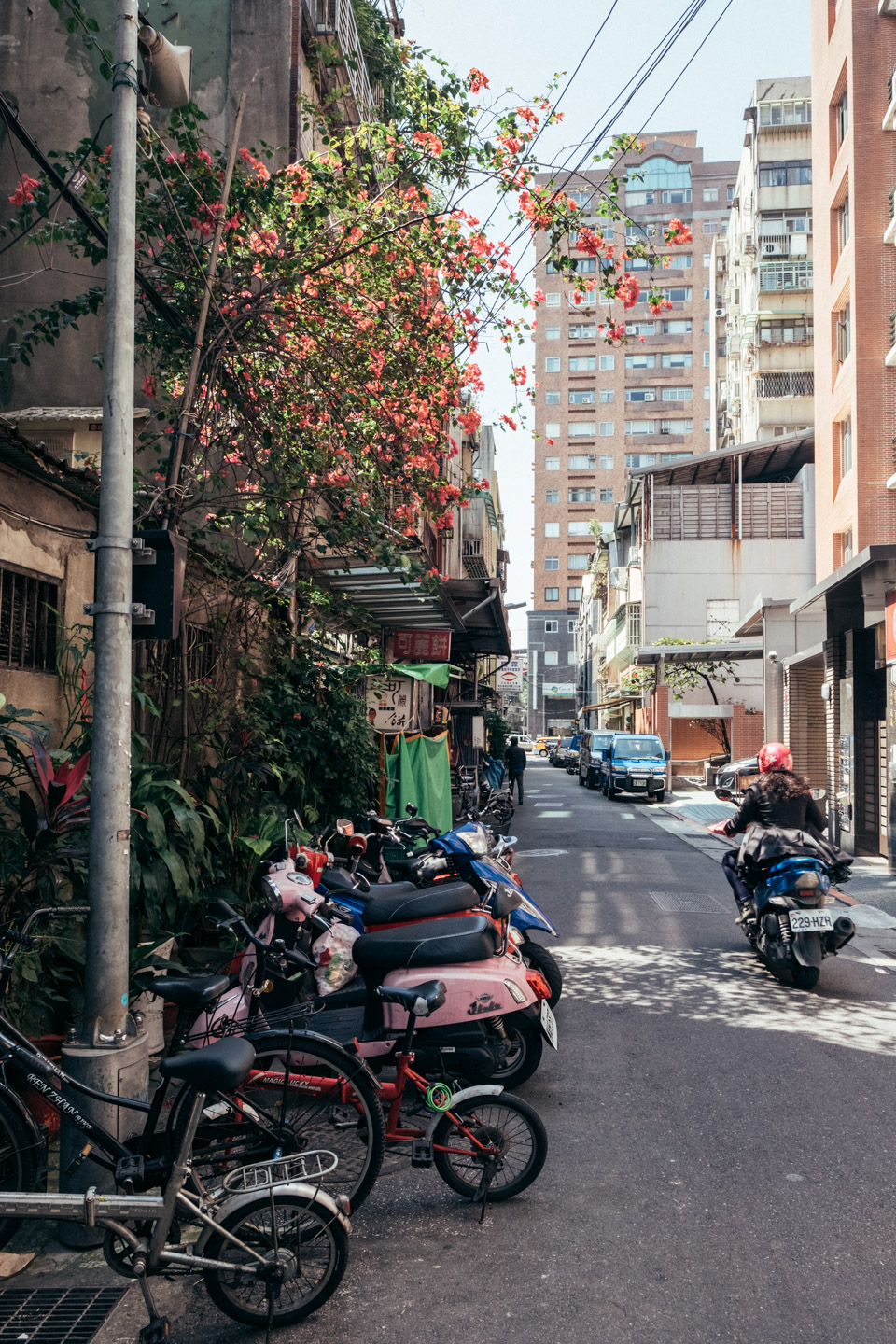
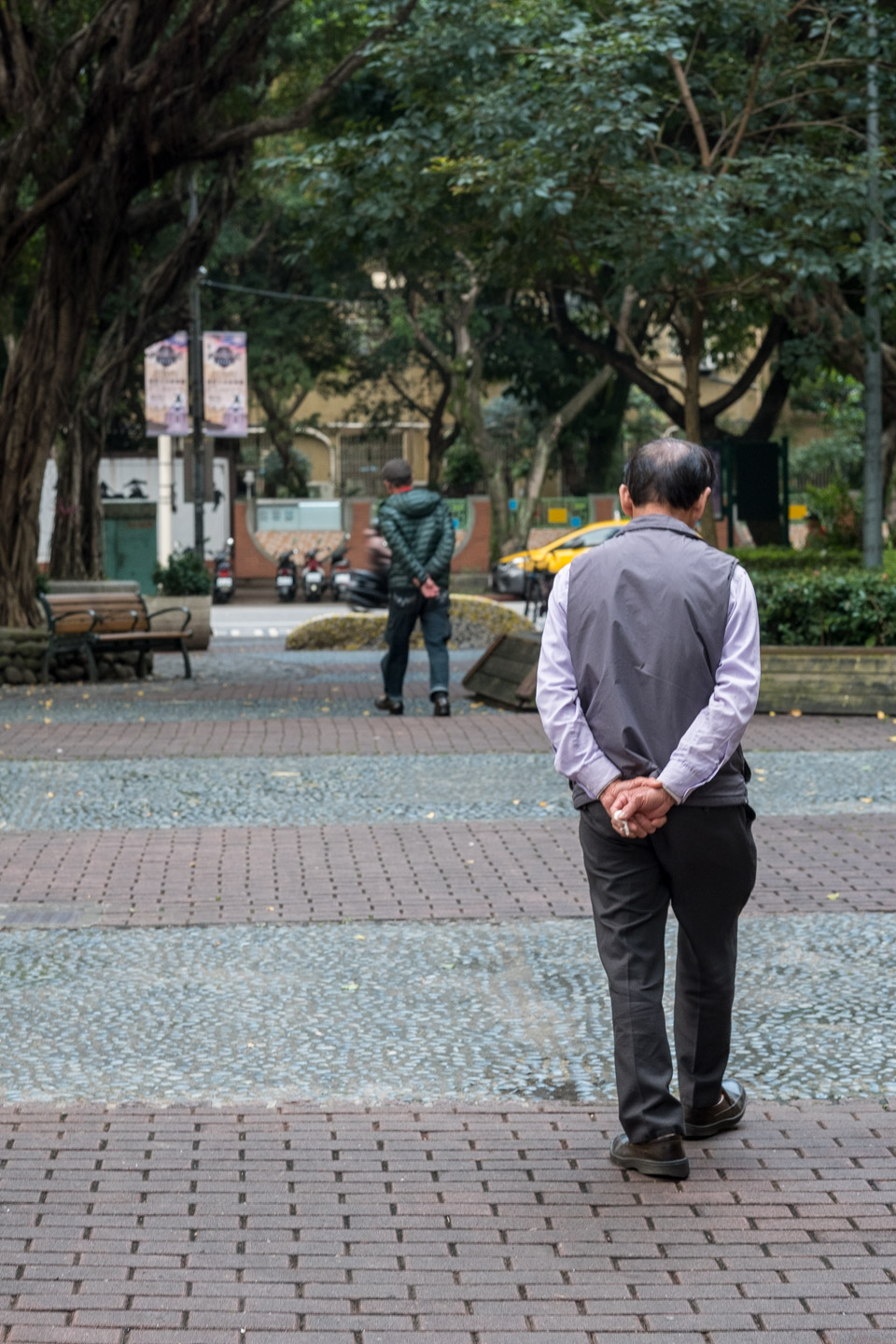
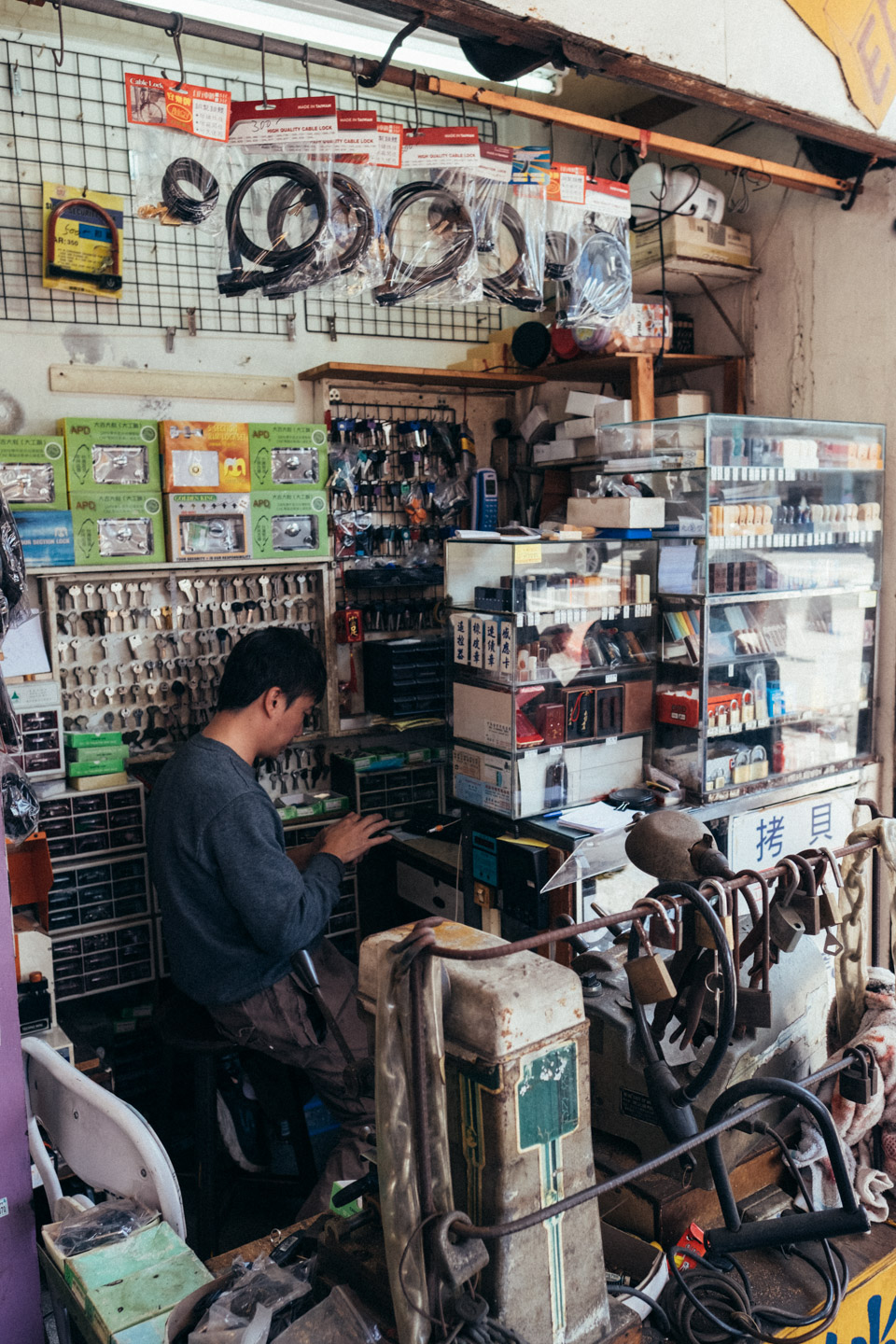
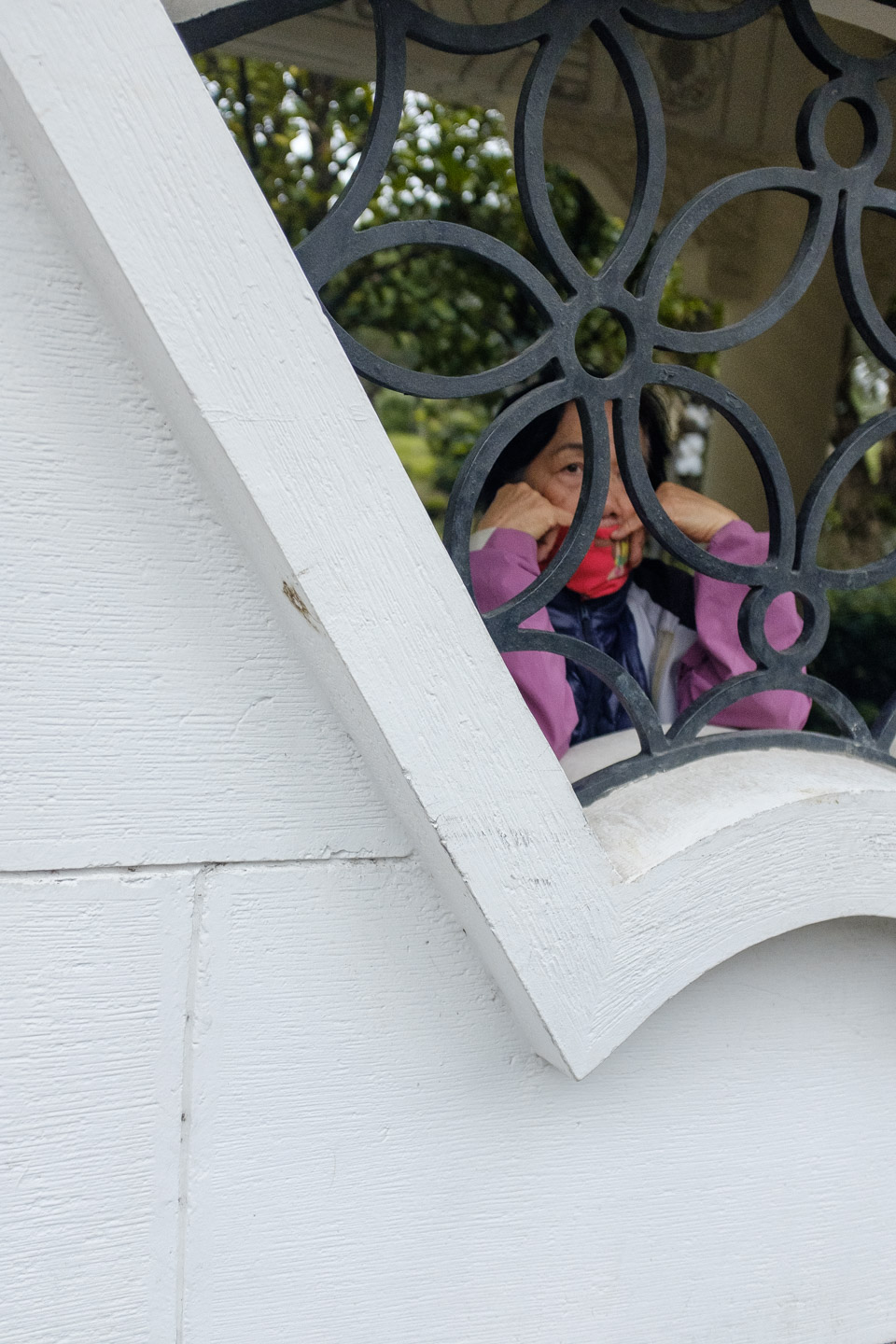
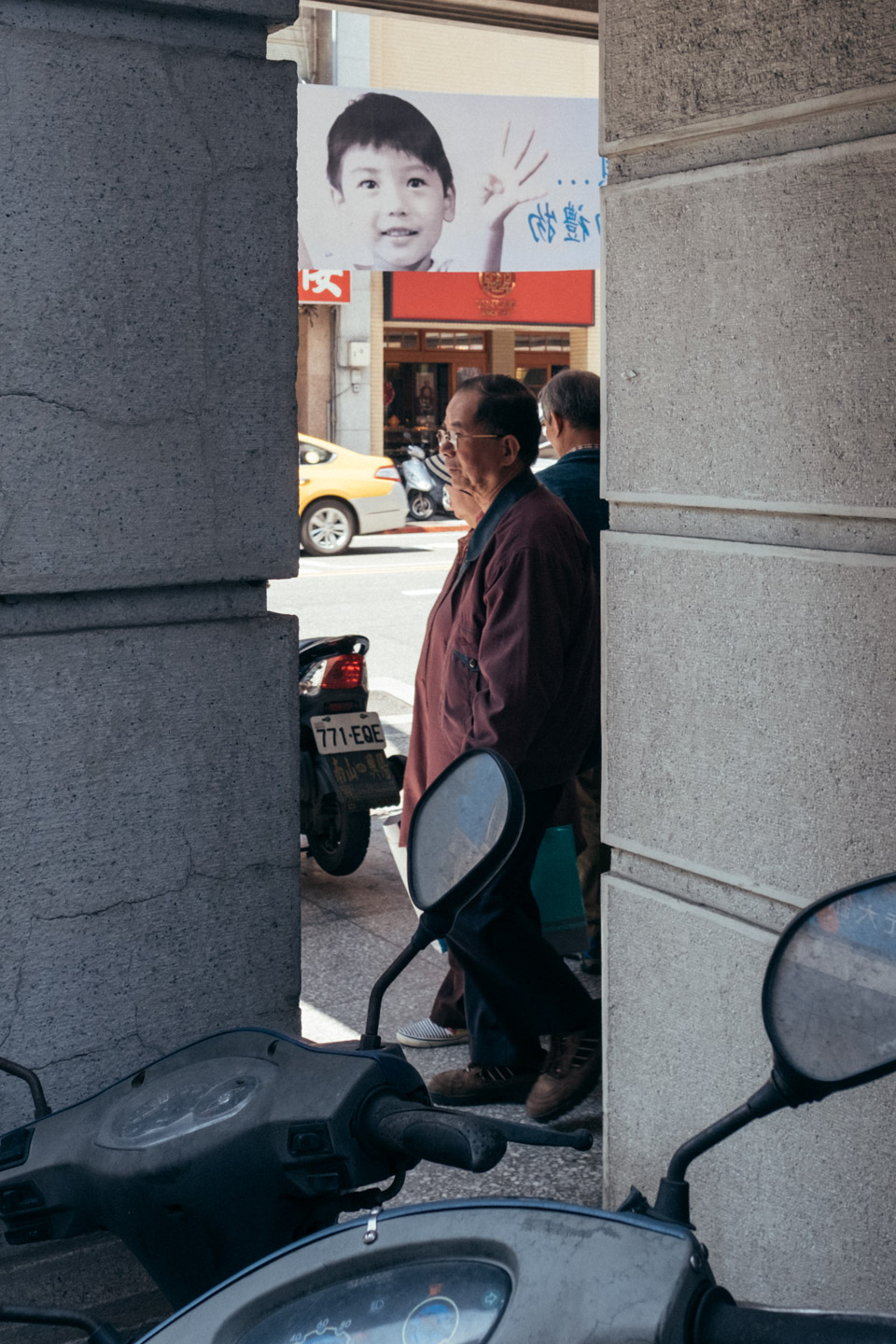
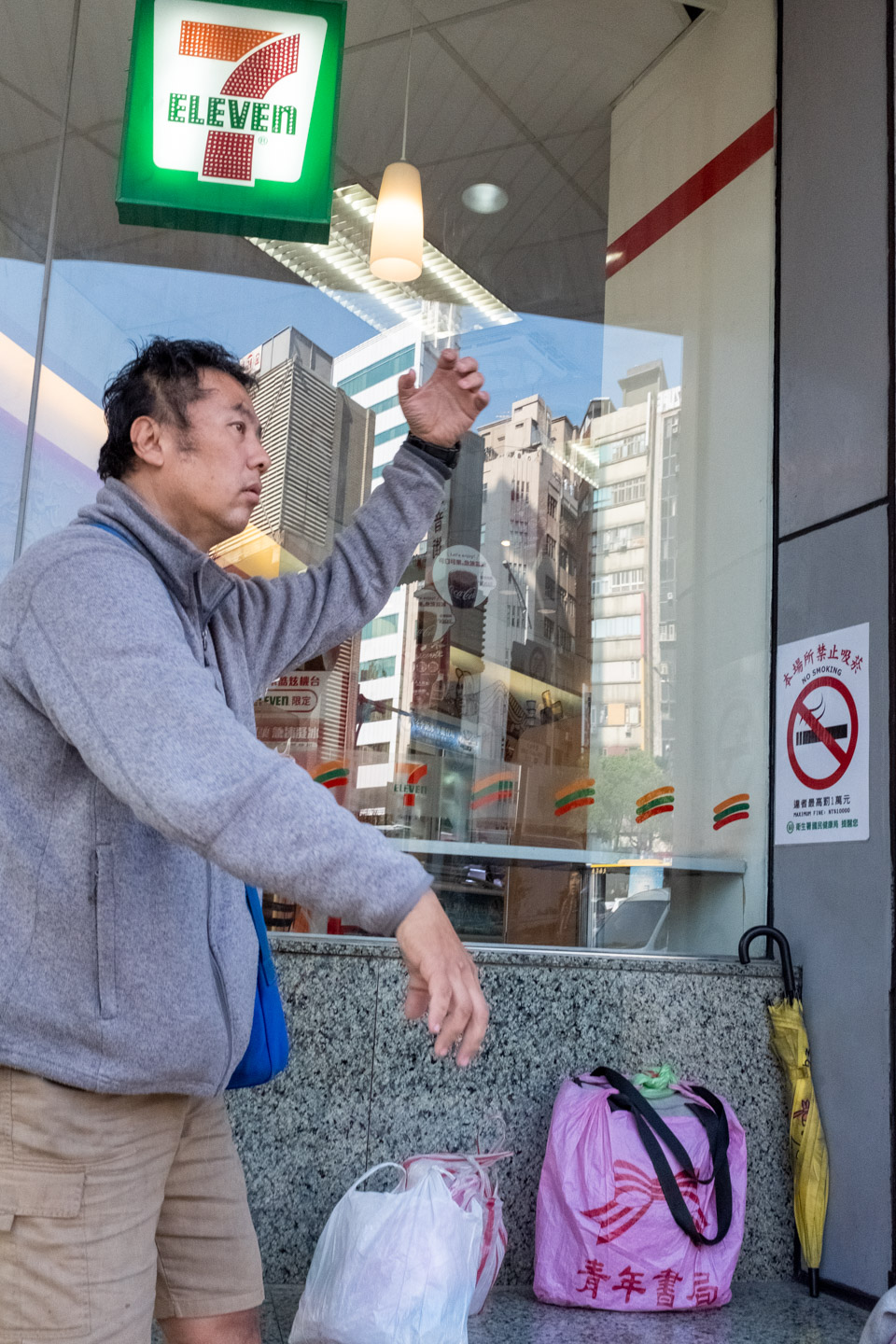
The whine of motorscooters is omnipresent. Taipei is generally louder than our time in Japan. The streets are louder, the food is louder and the humidity raises the volume even more. There's a rush of traffic everywhere that we didn't experience in Tokyo, where the major streets are narrower and harder to navigate by car. We got around on bikeshares rented by the hour from stands throughout downtown. Riding the streets at rush hour, with the scooters rushing past you, is a thrill.
The volume extends to cuisine. Stinky Tofu is a Taiwanese specialty and is no doubt the loudest smelling food I've ever been near. We couldn't bring ourselves to try it, especially when the stench stretches out through an enclosed space, like a mall food court.
Taipei's night markets are a great way to get some variety. Dumplings, fried shrimp, sweet potato balls and frozen deep fried milk were highlights. Din Tai Fung is an admired chain of restaurants specializing in xiaolongbao, or soup dumplings. Most travel guides mention long waits but we were able to sit down almost immediately mid-day because we were willing to sit at a communal table. The truffle and pork xiaolongbao are rich and decadent.
We only had two nights in Taipei and will definitely be back. On our last day we managed to squeeze in a hike up Elephant Mountain and great views of the city before getting on our flight home.
